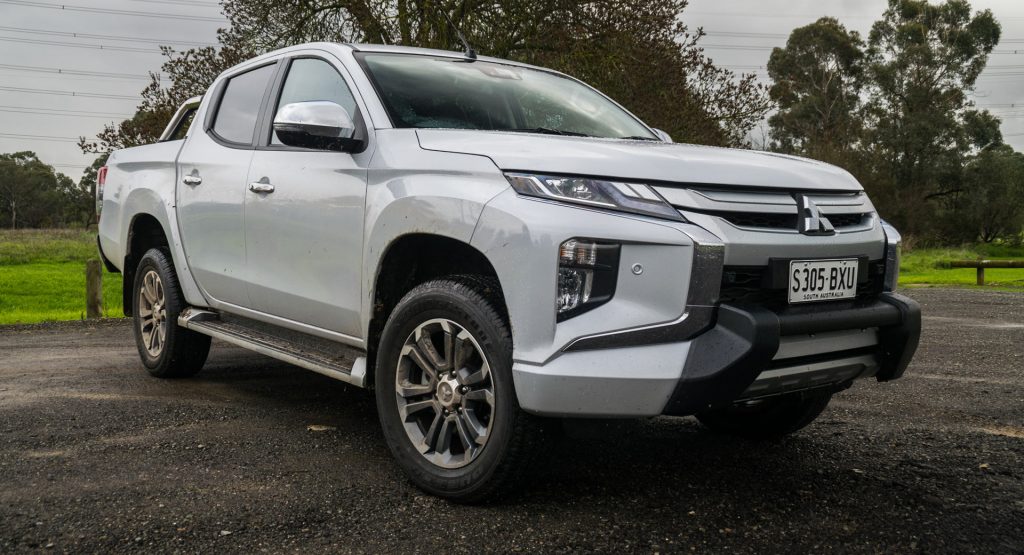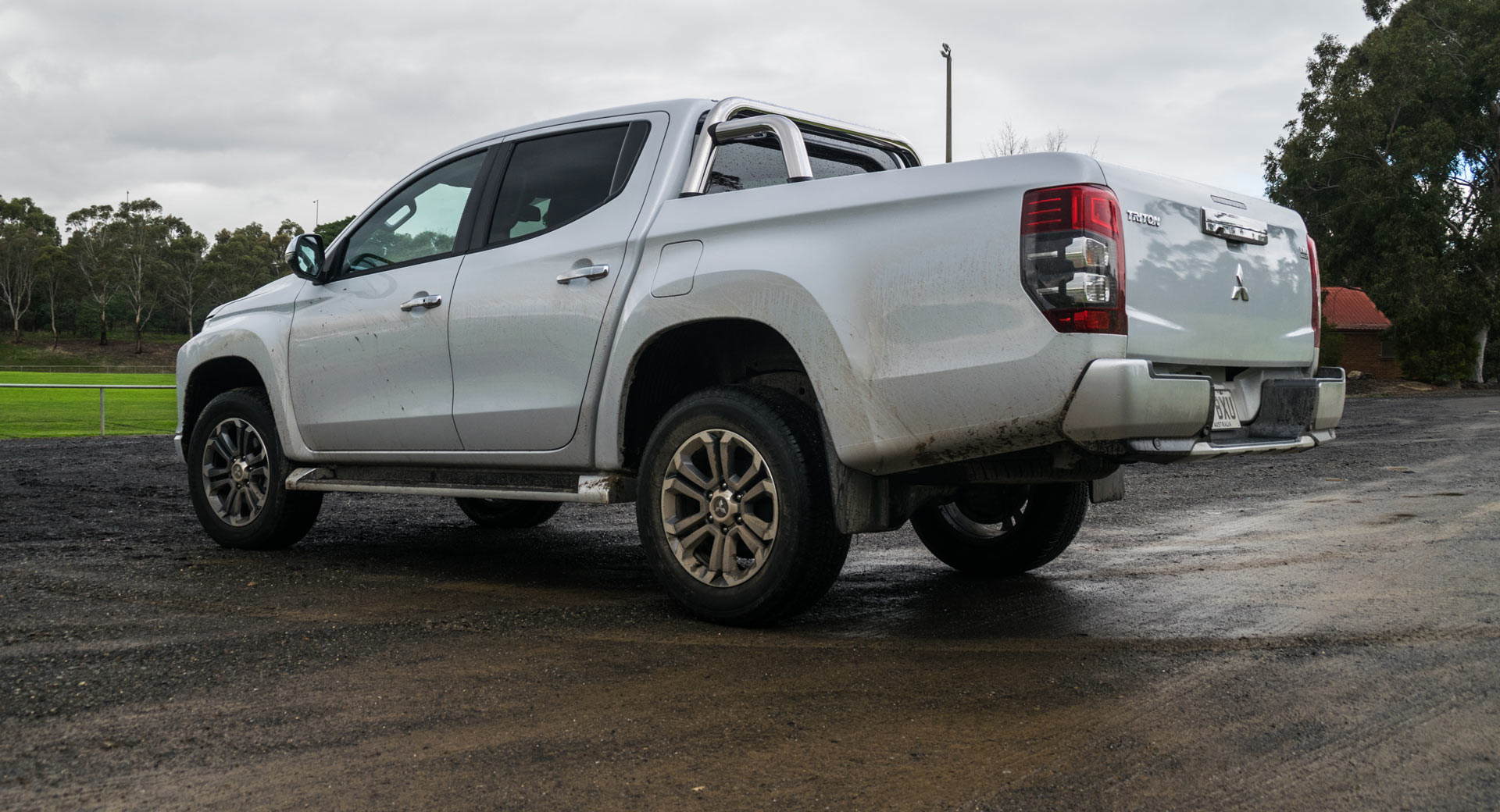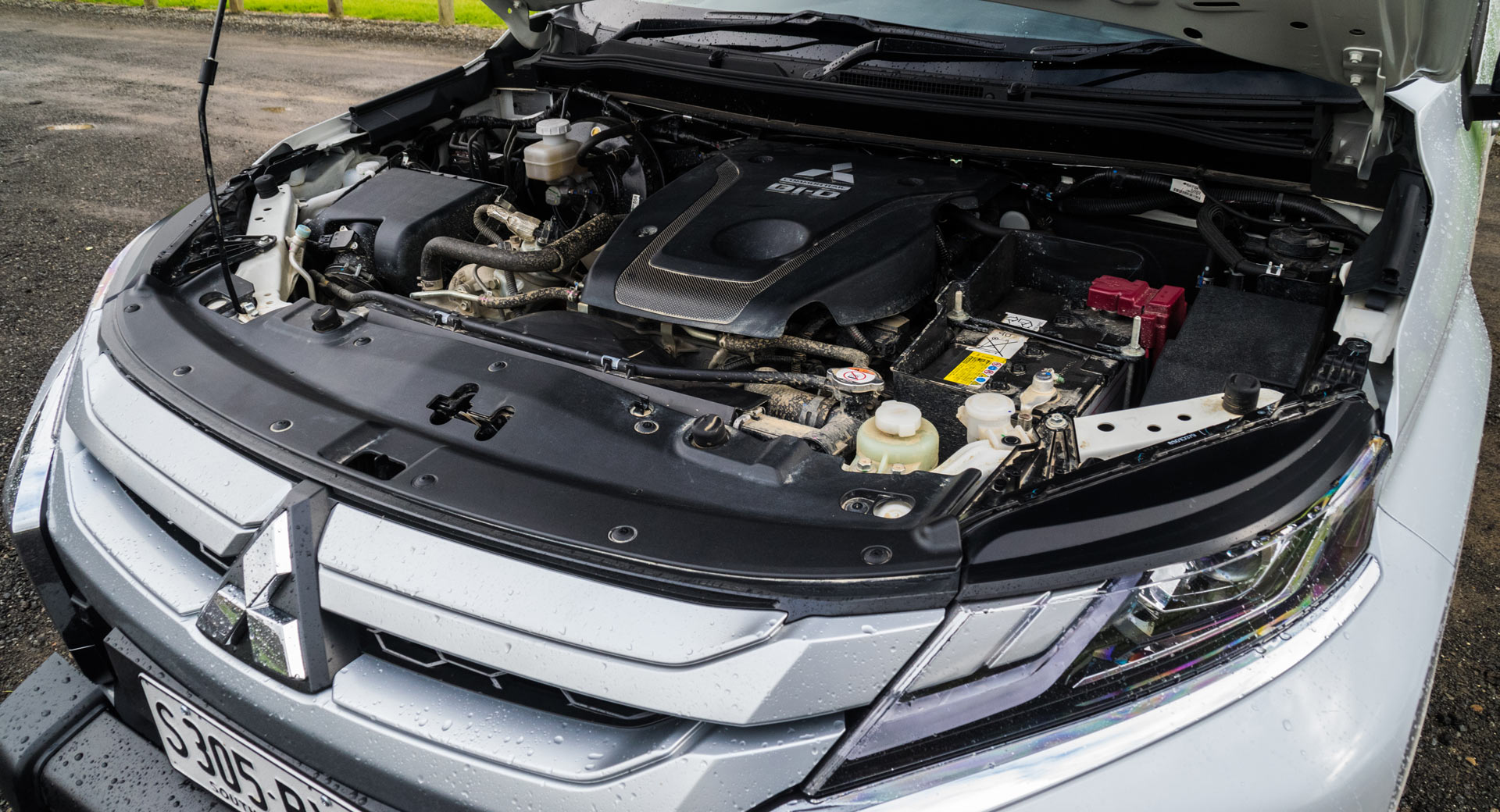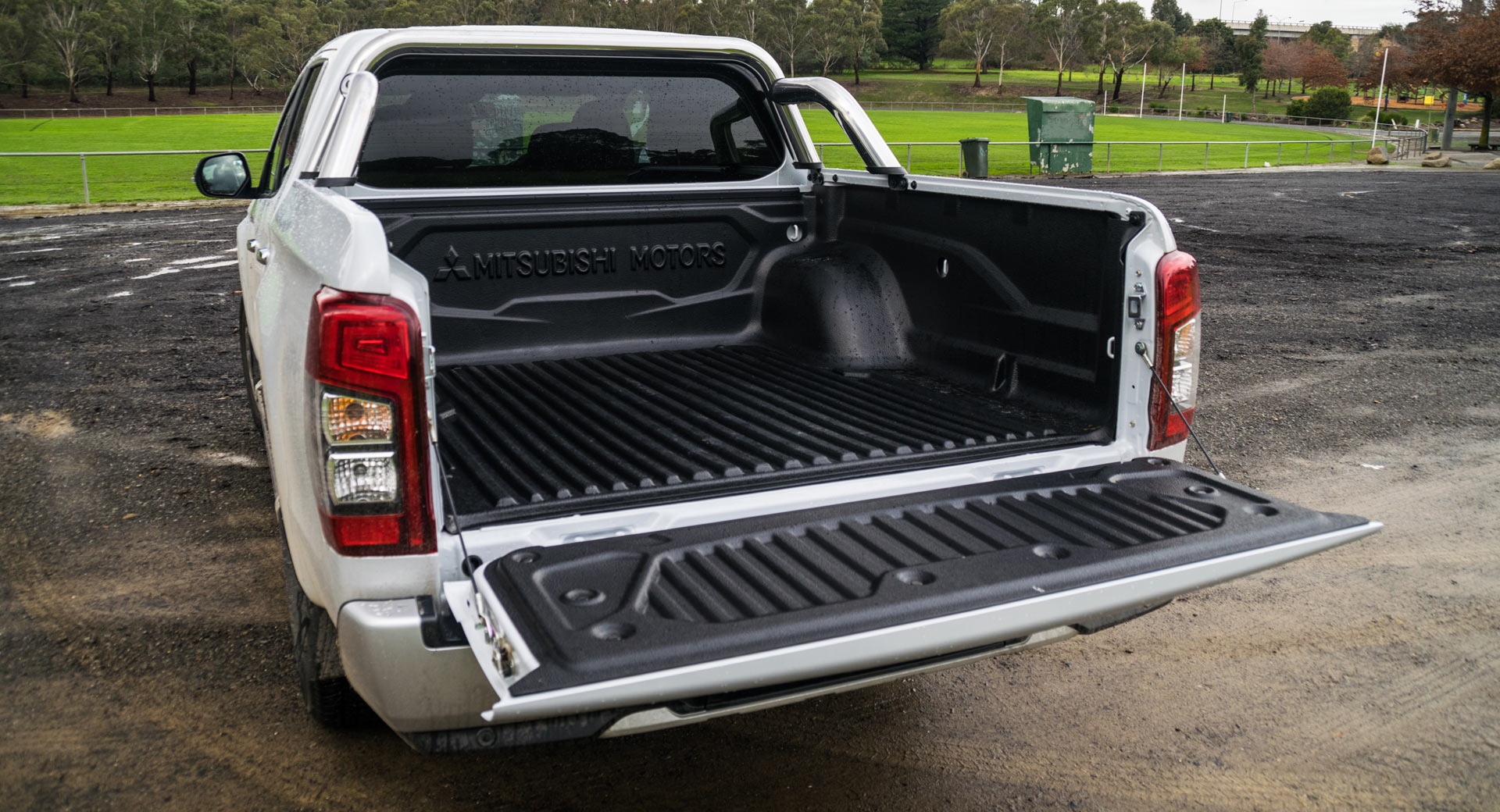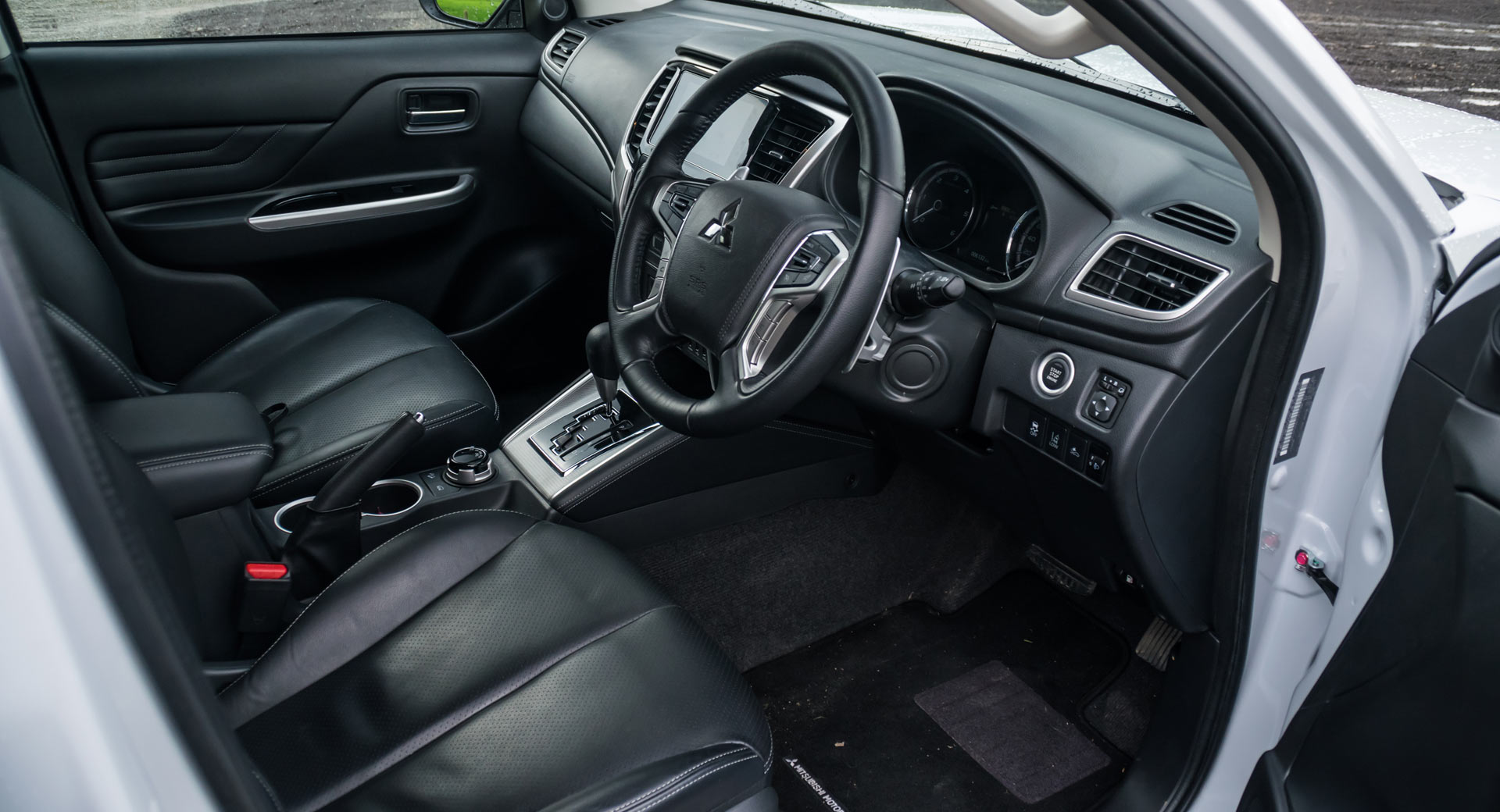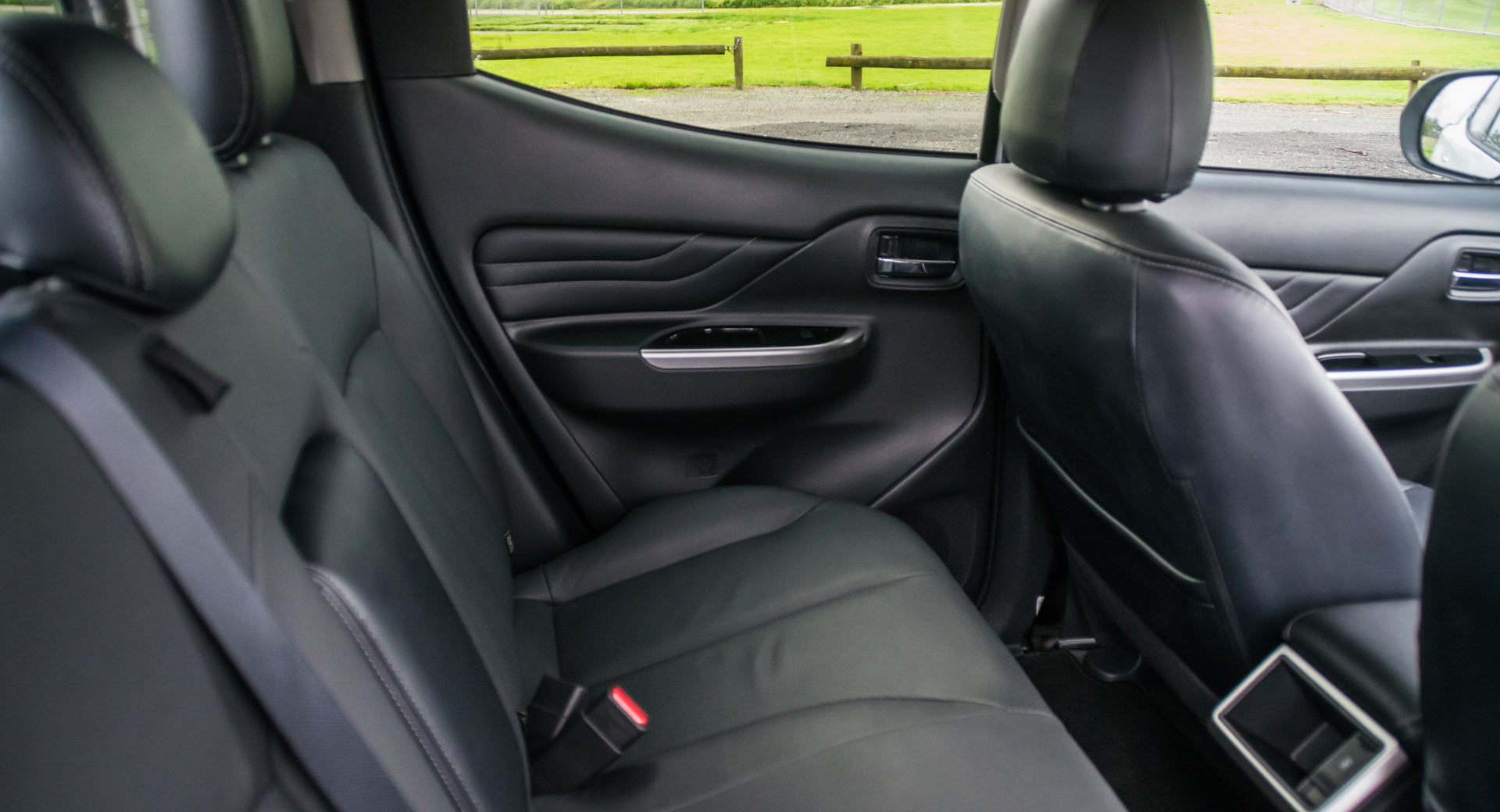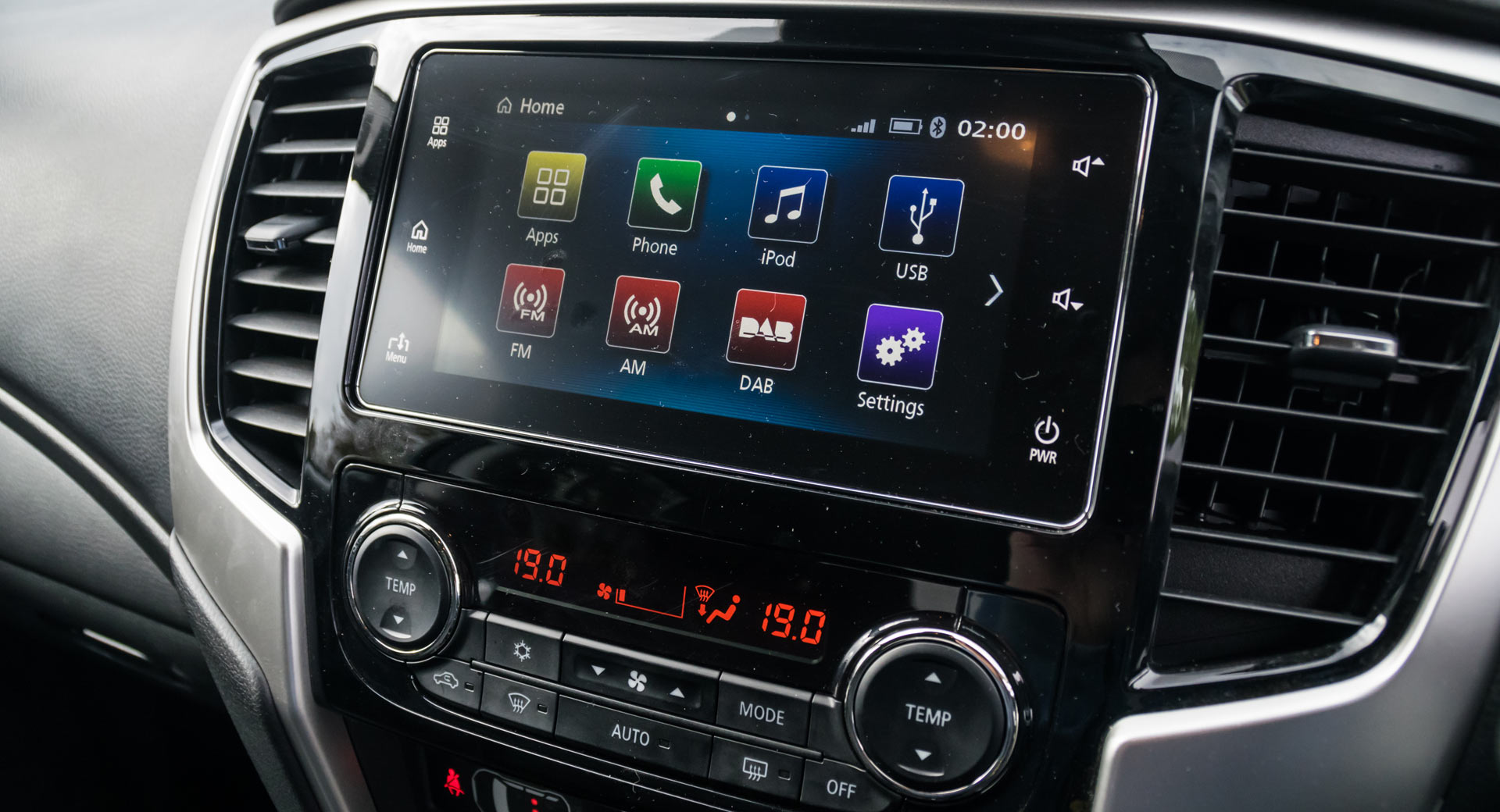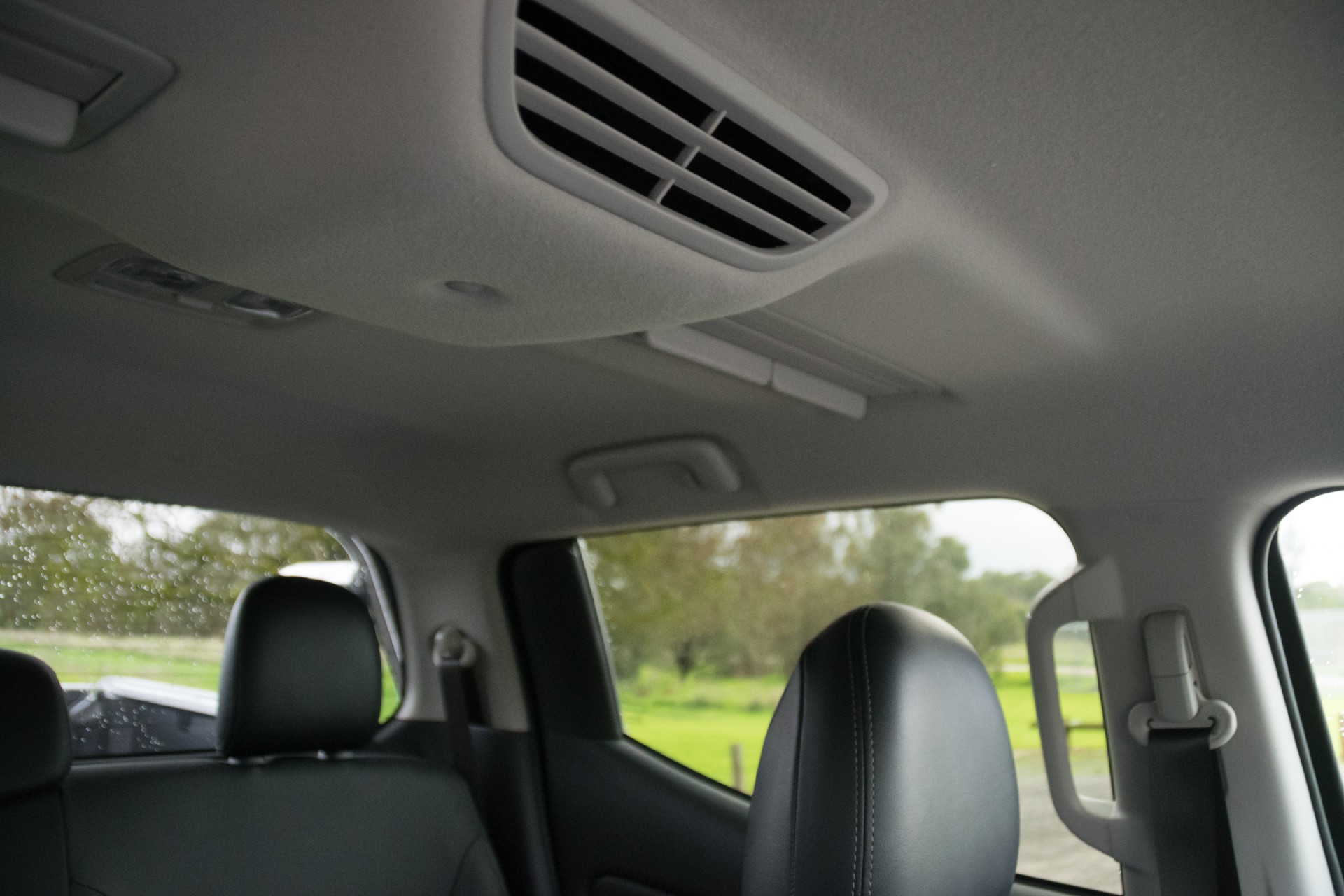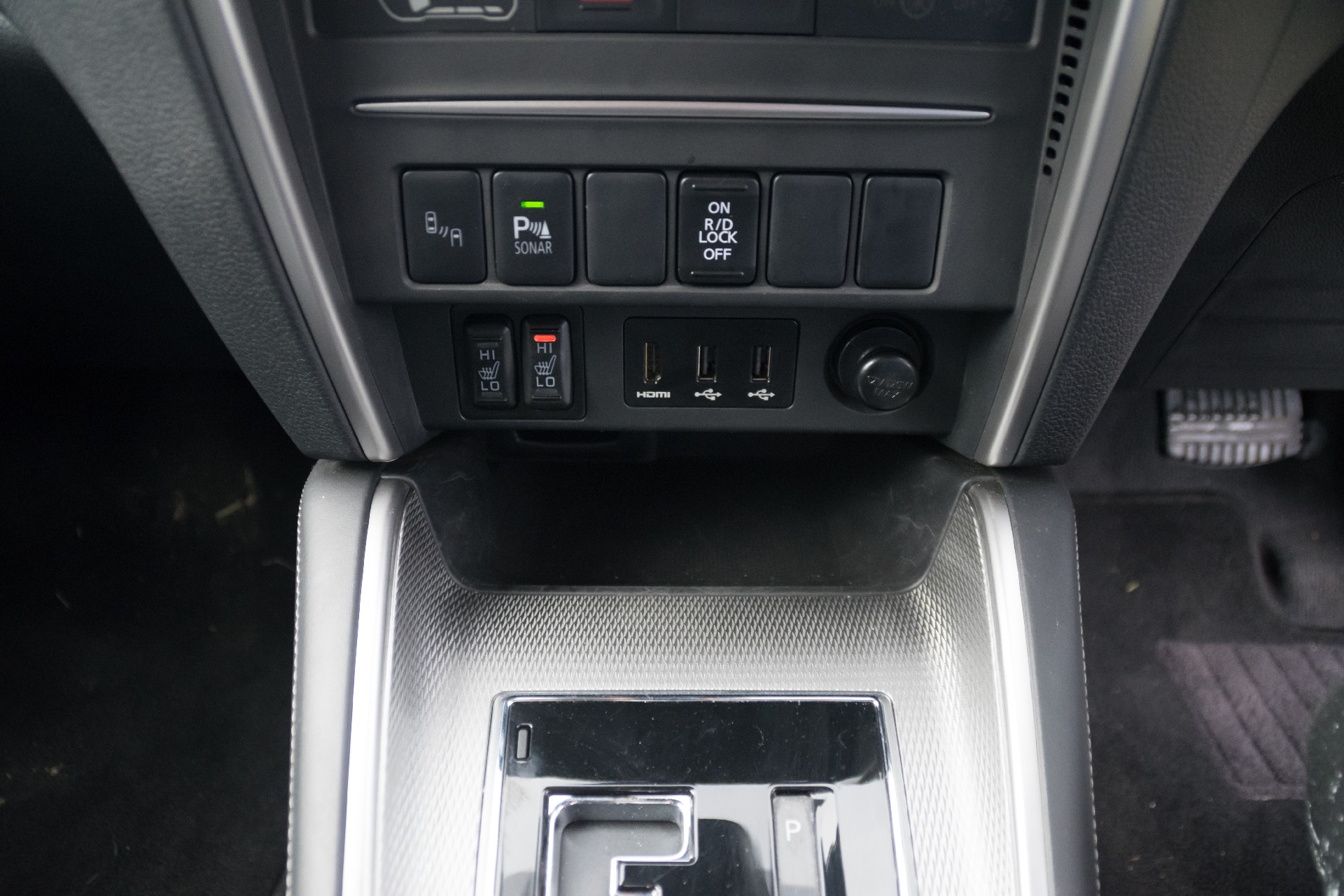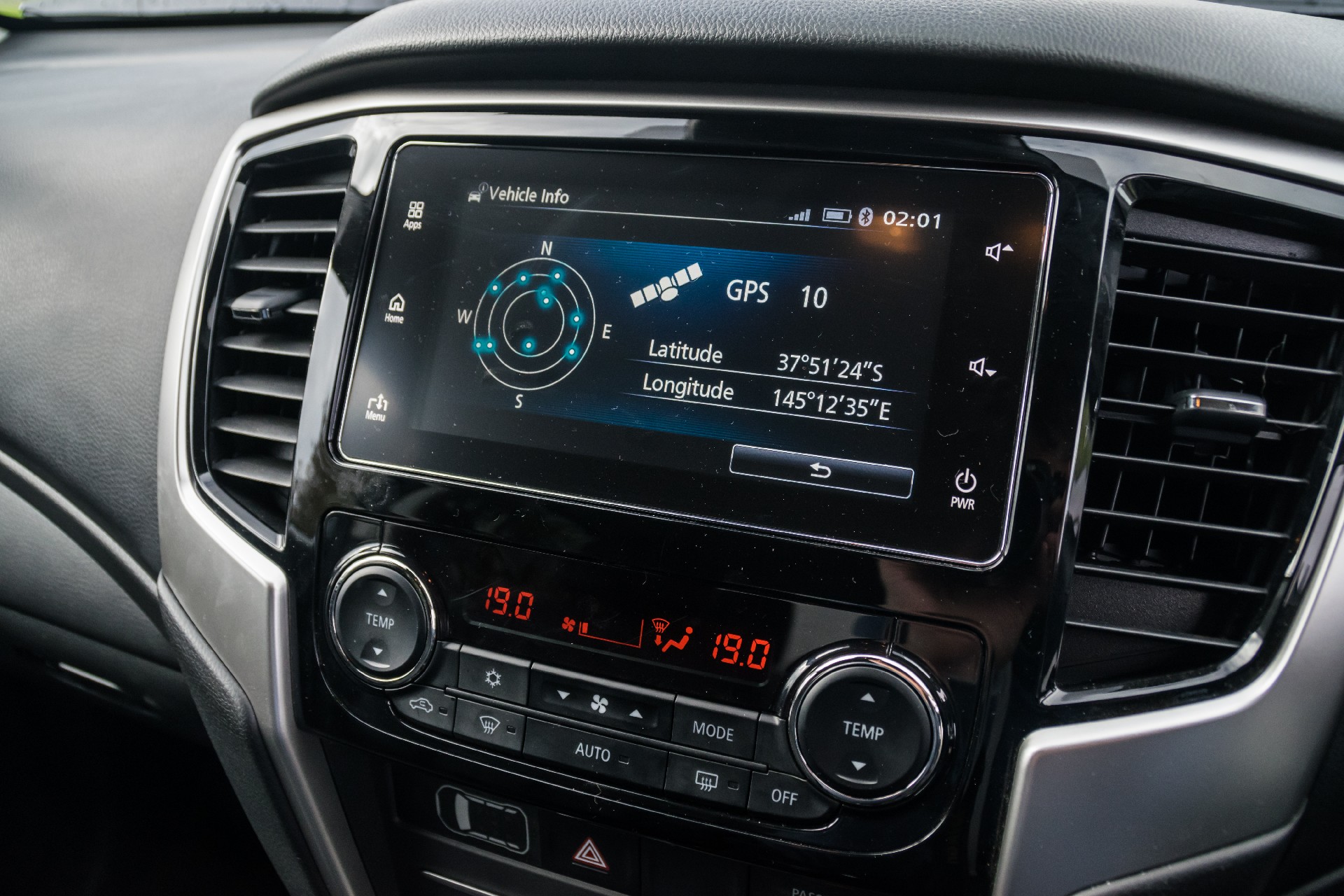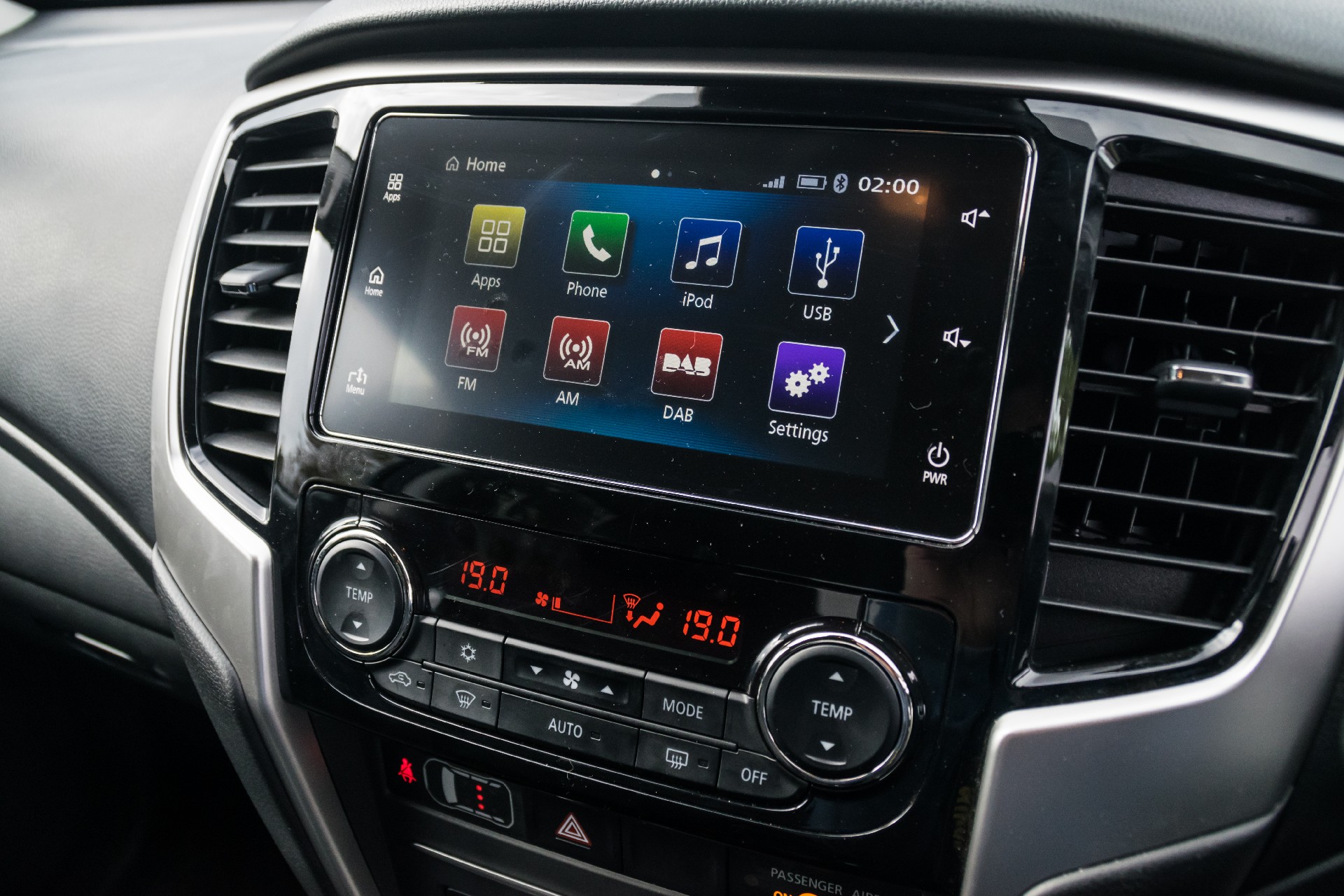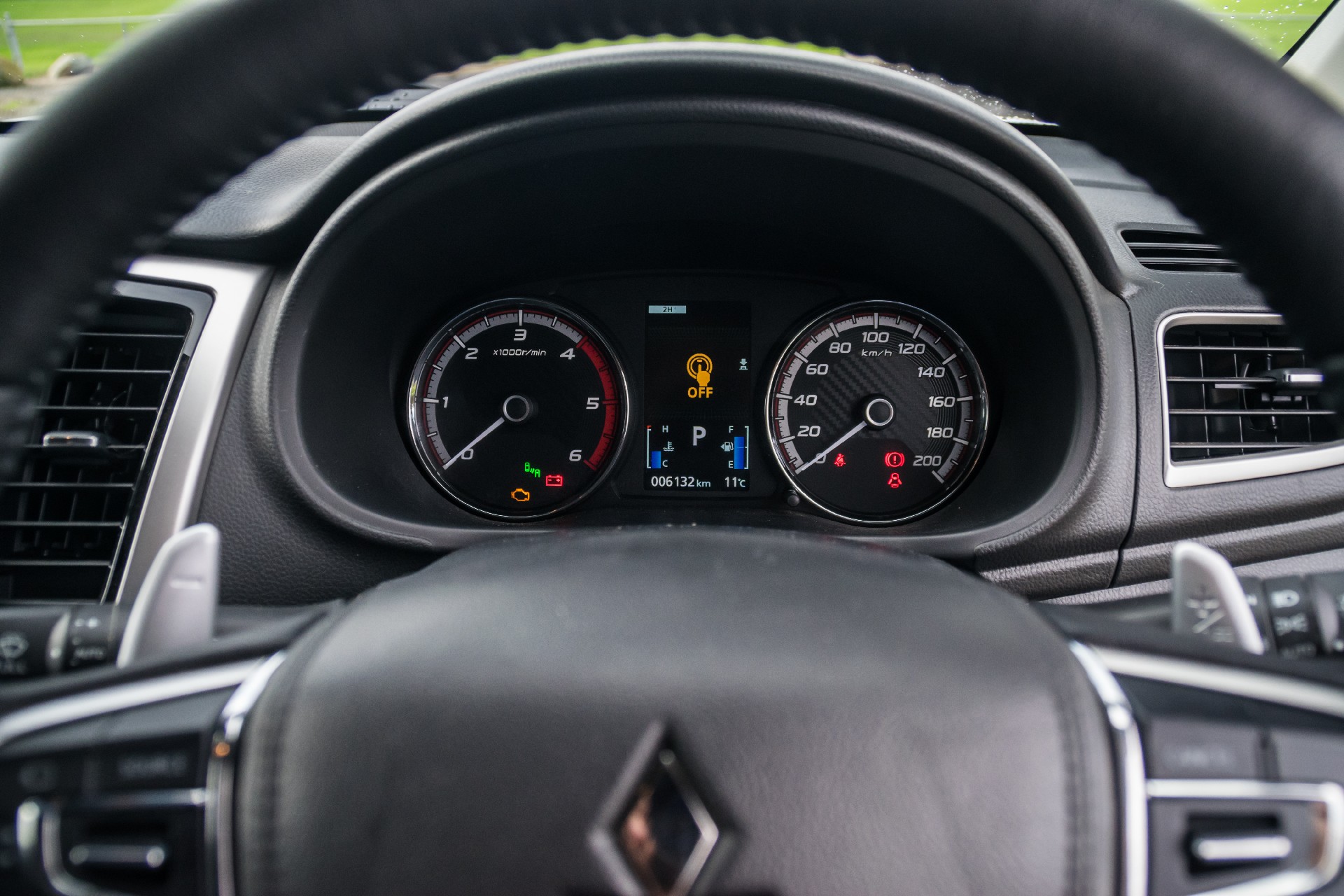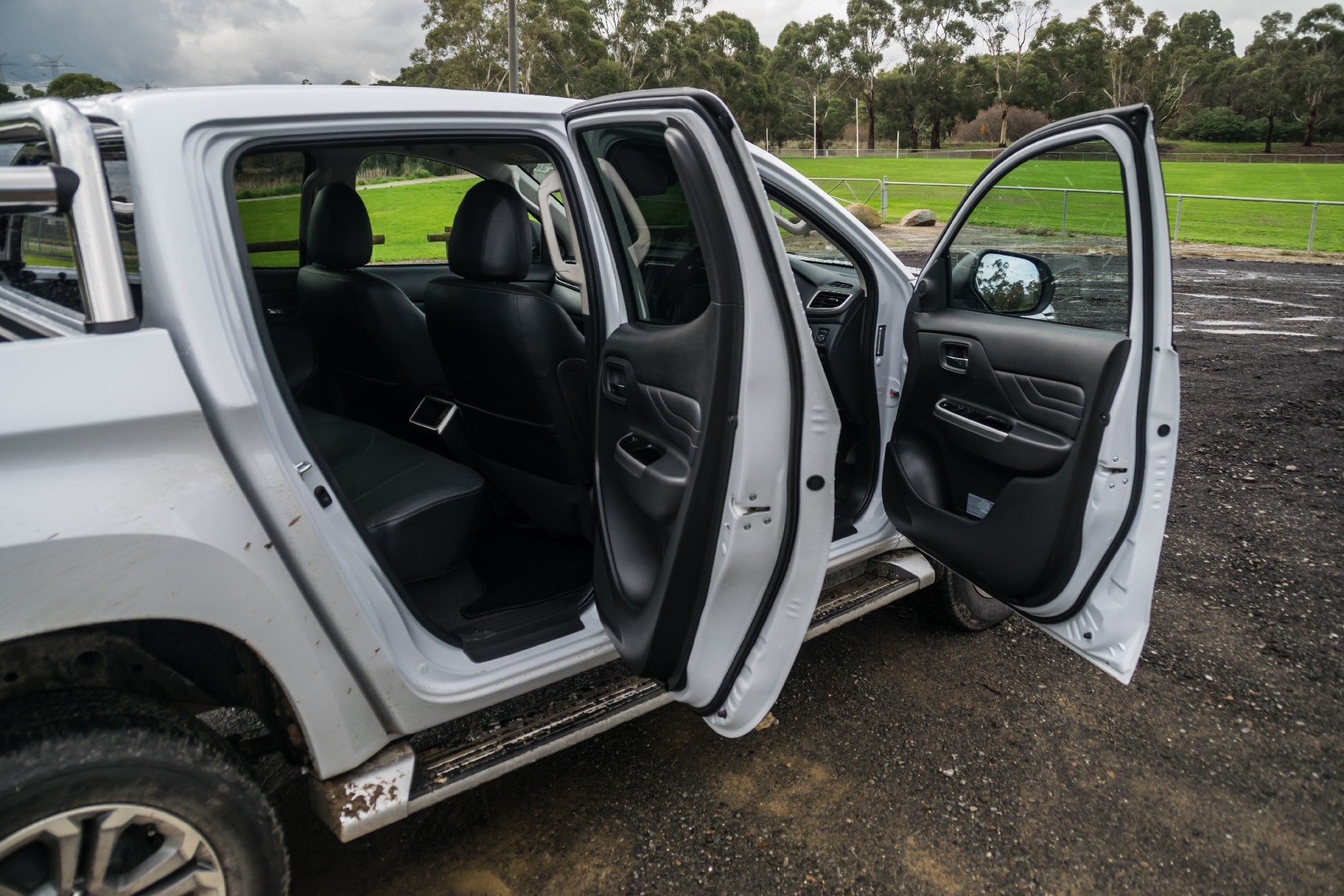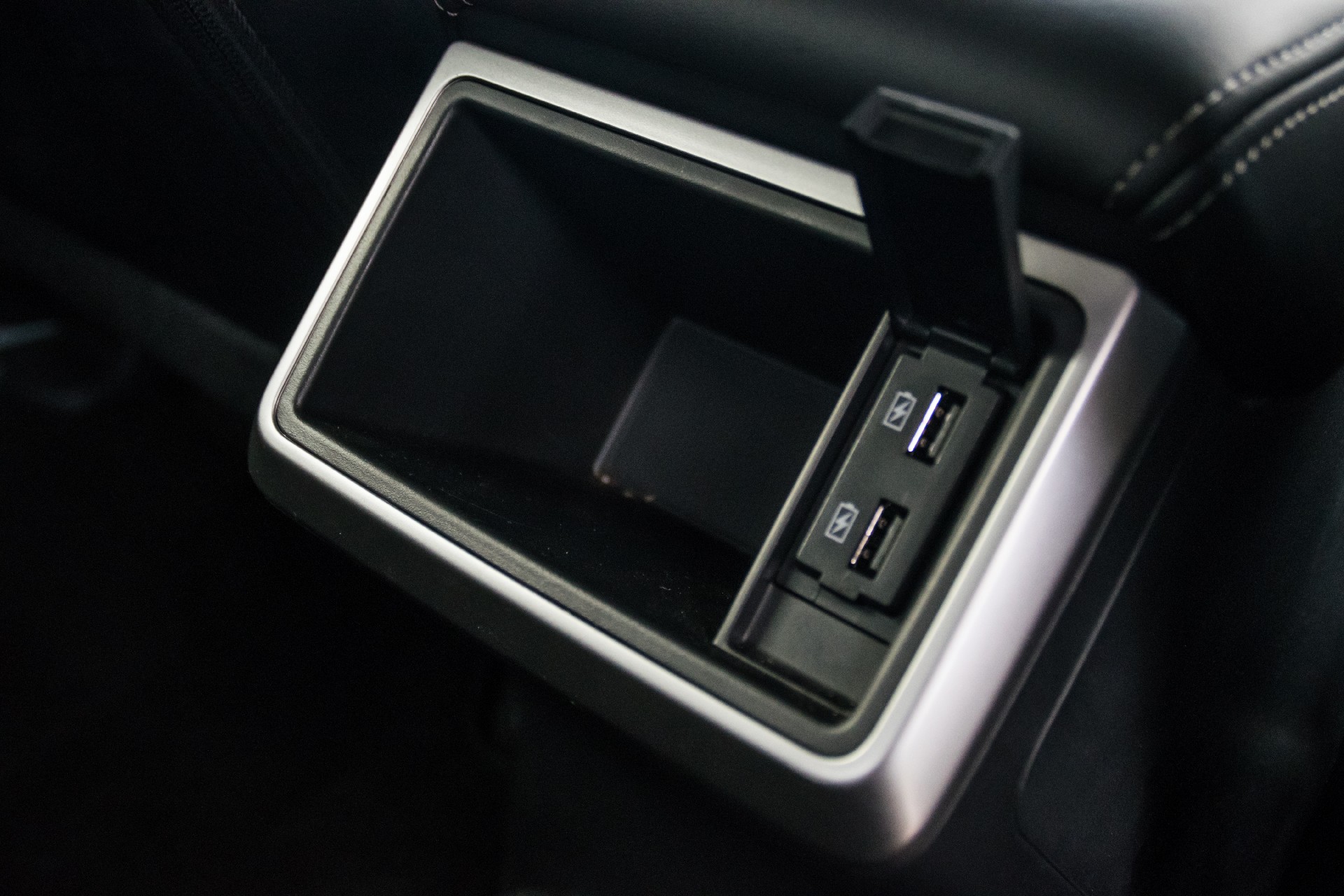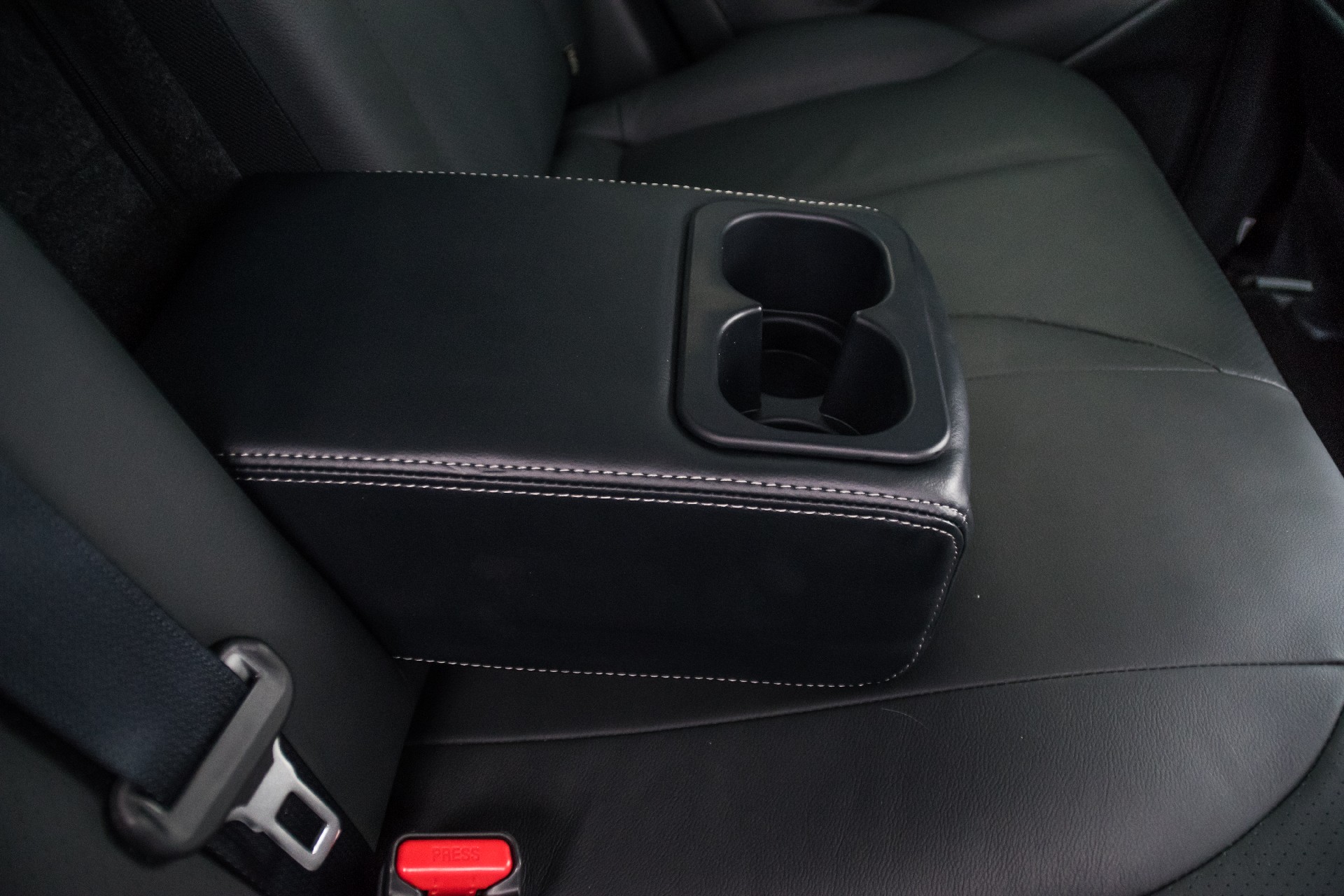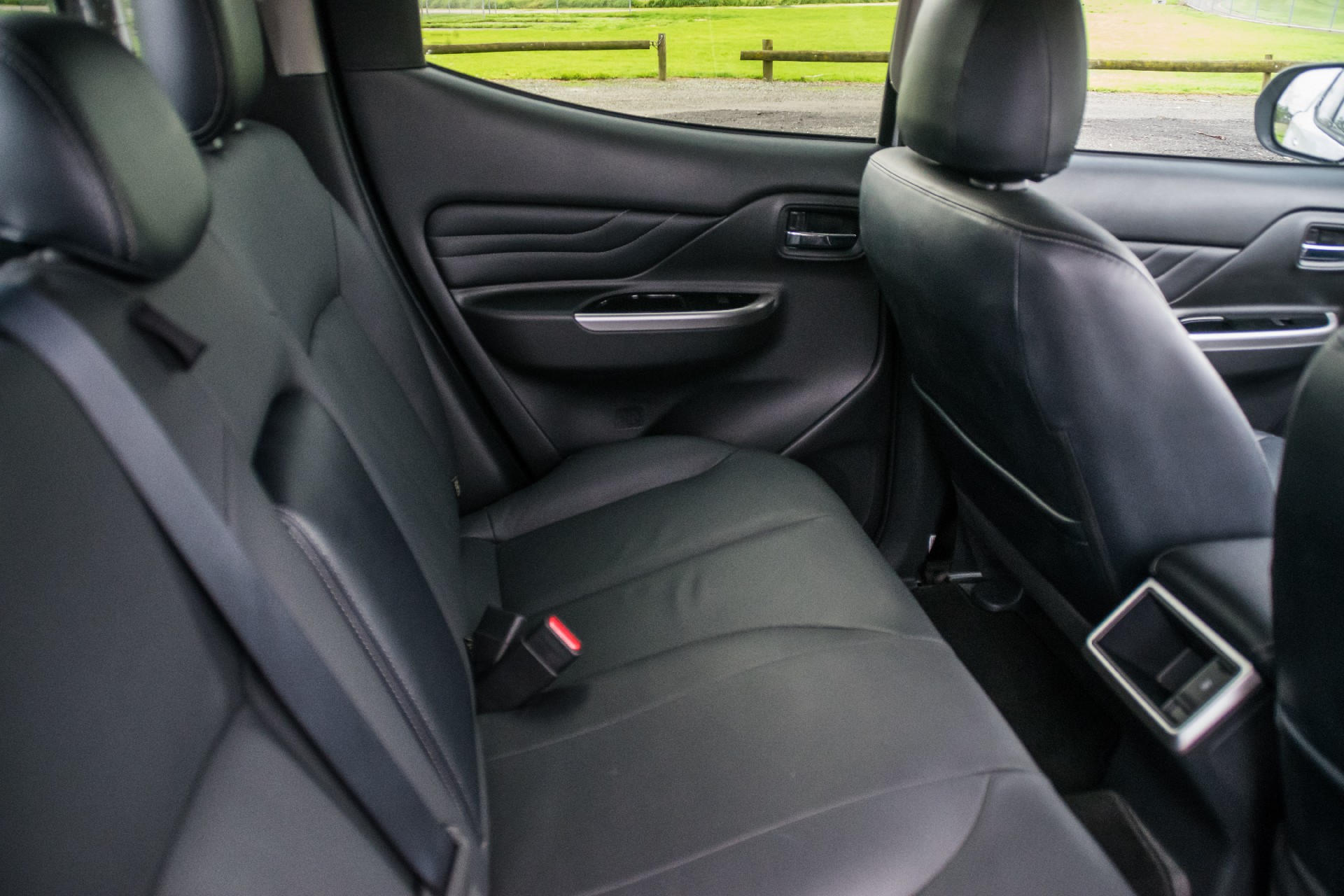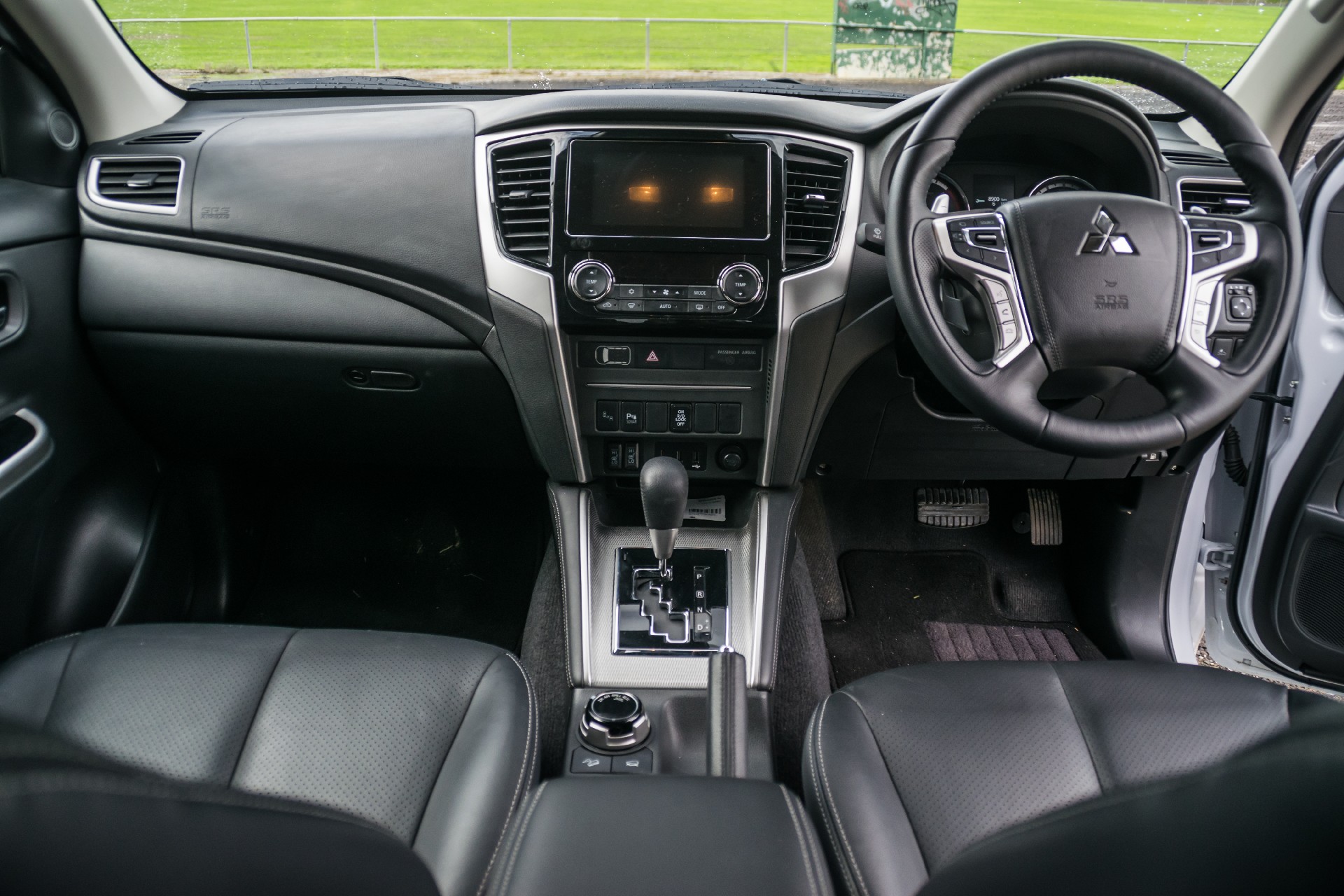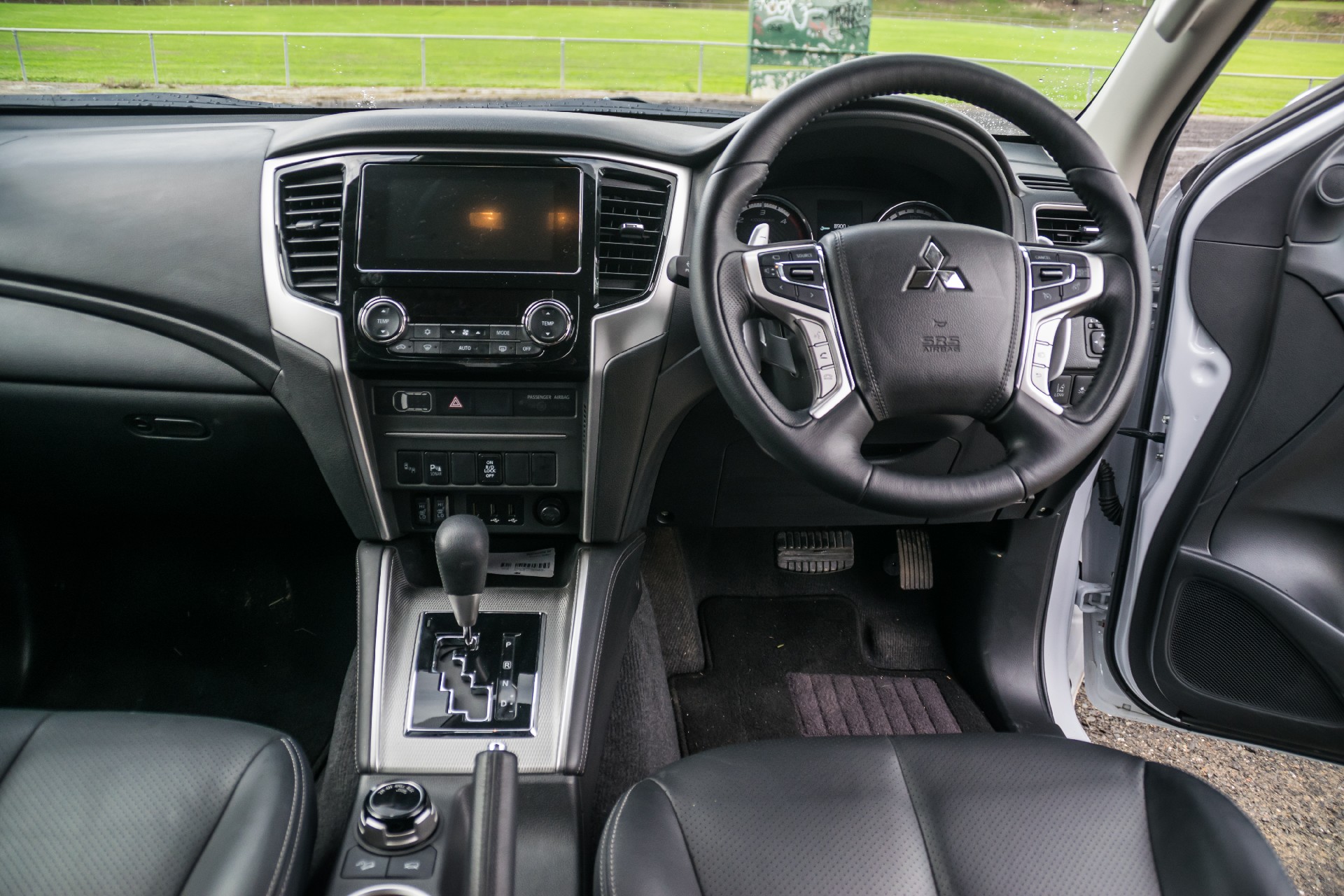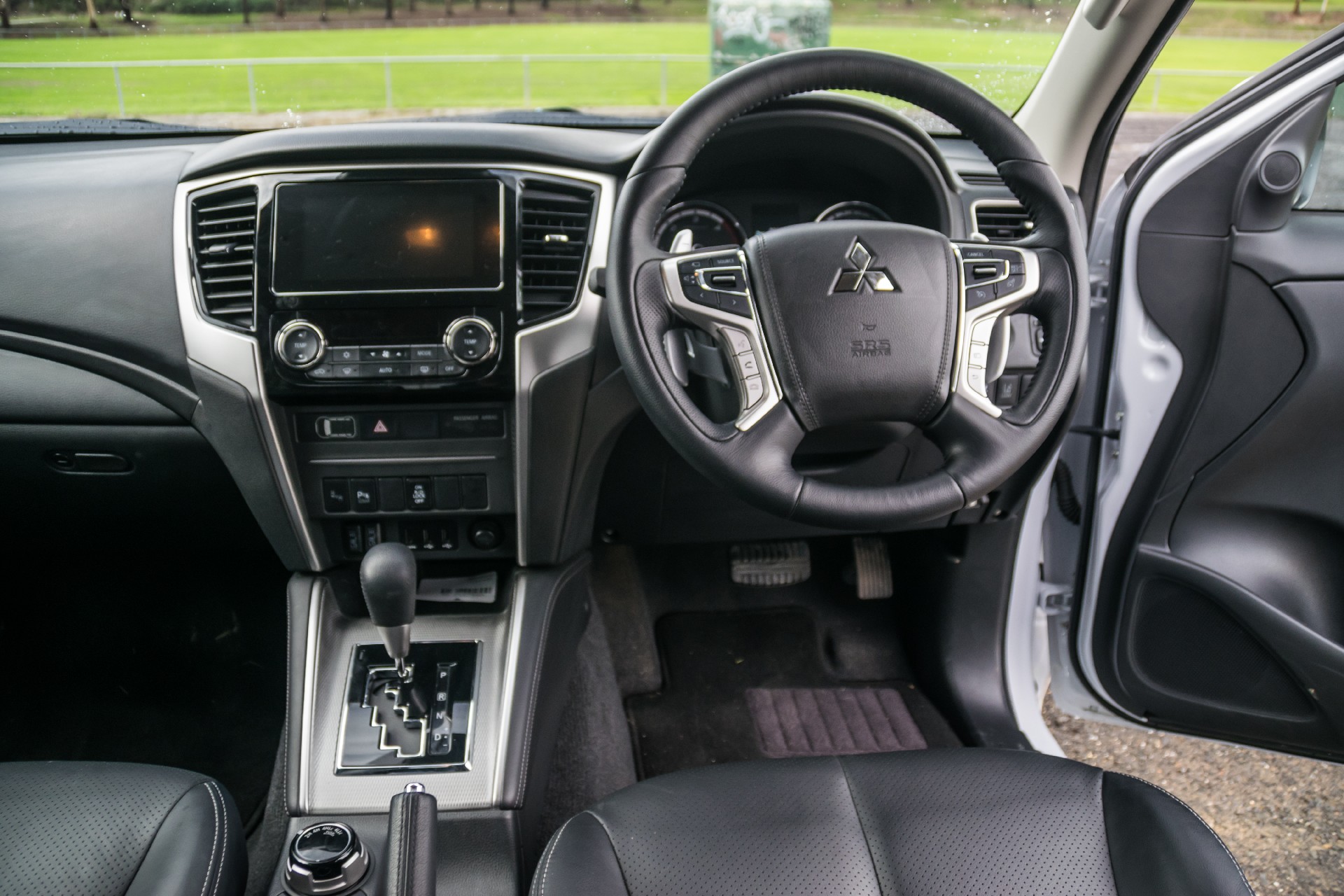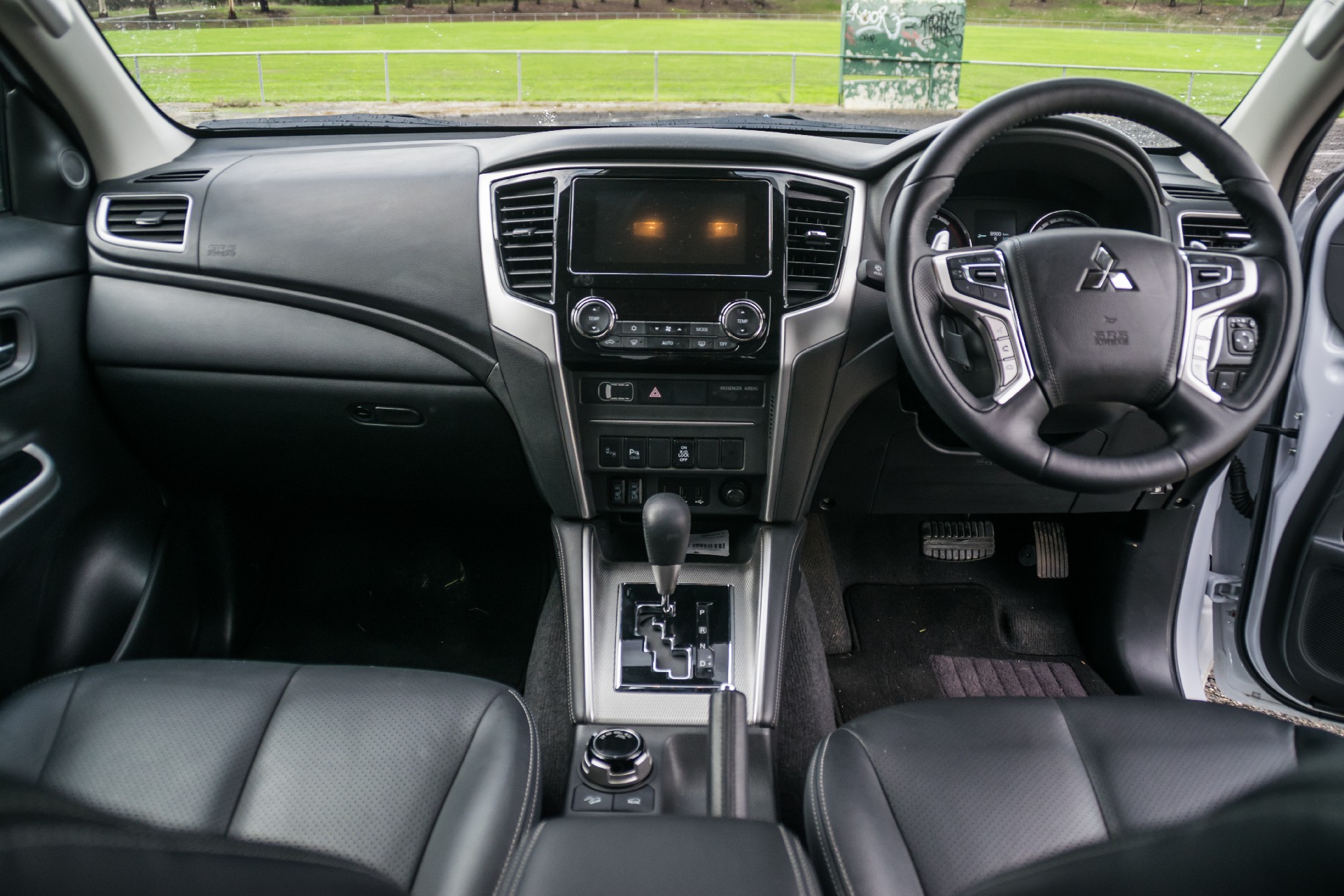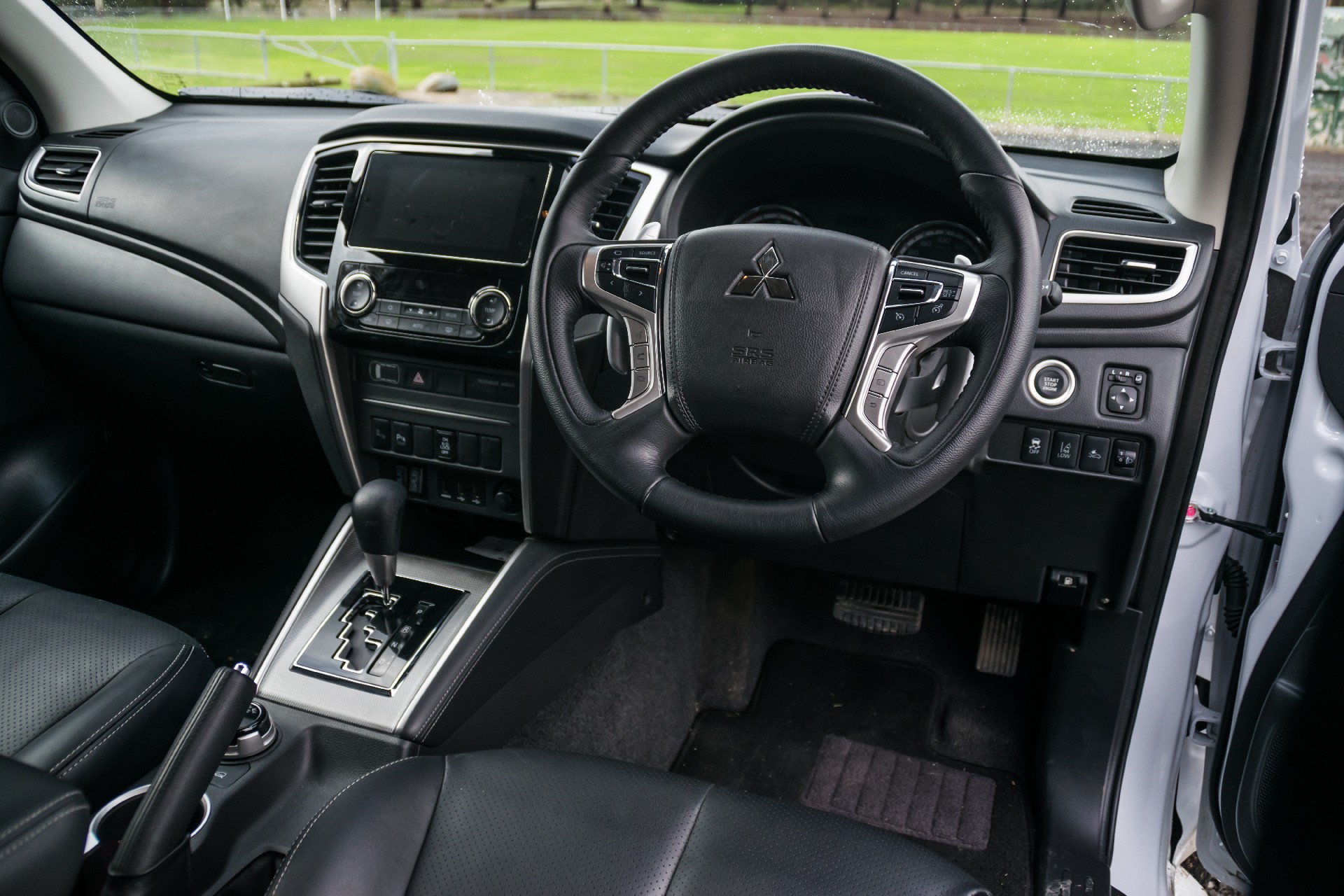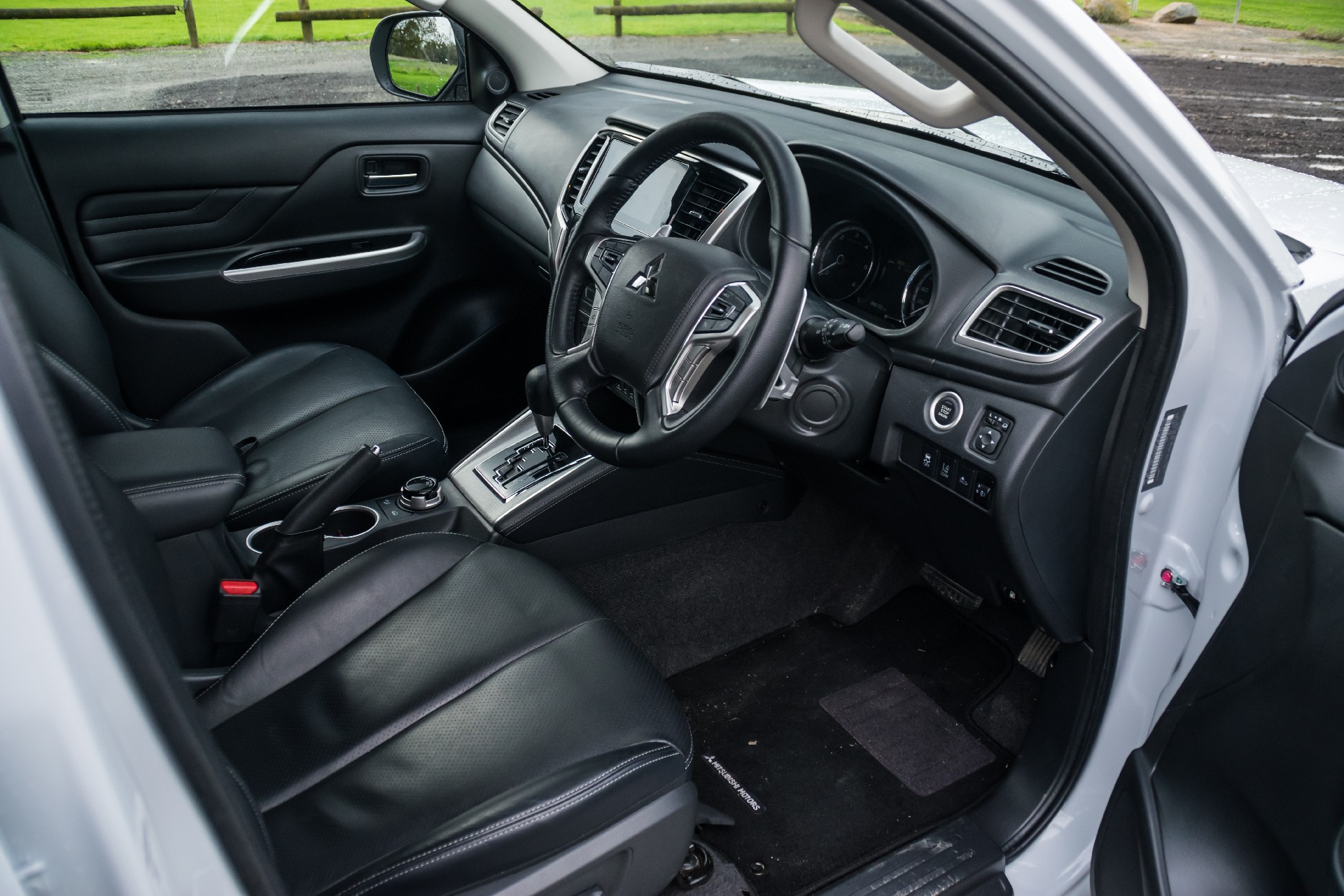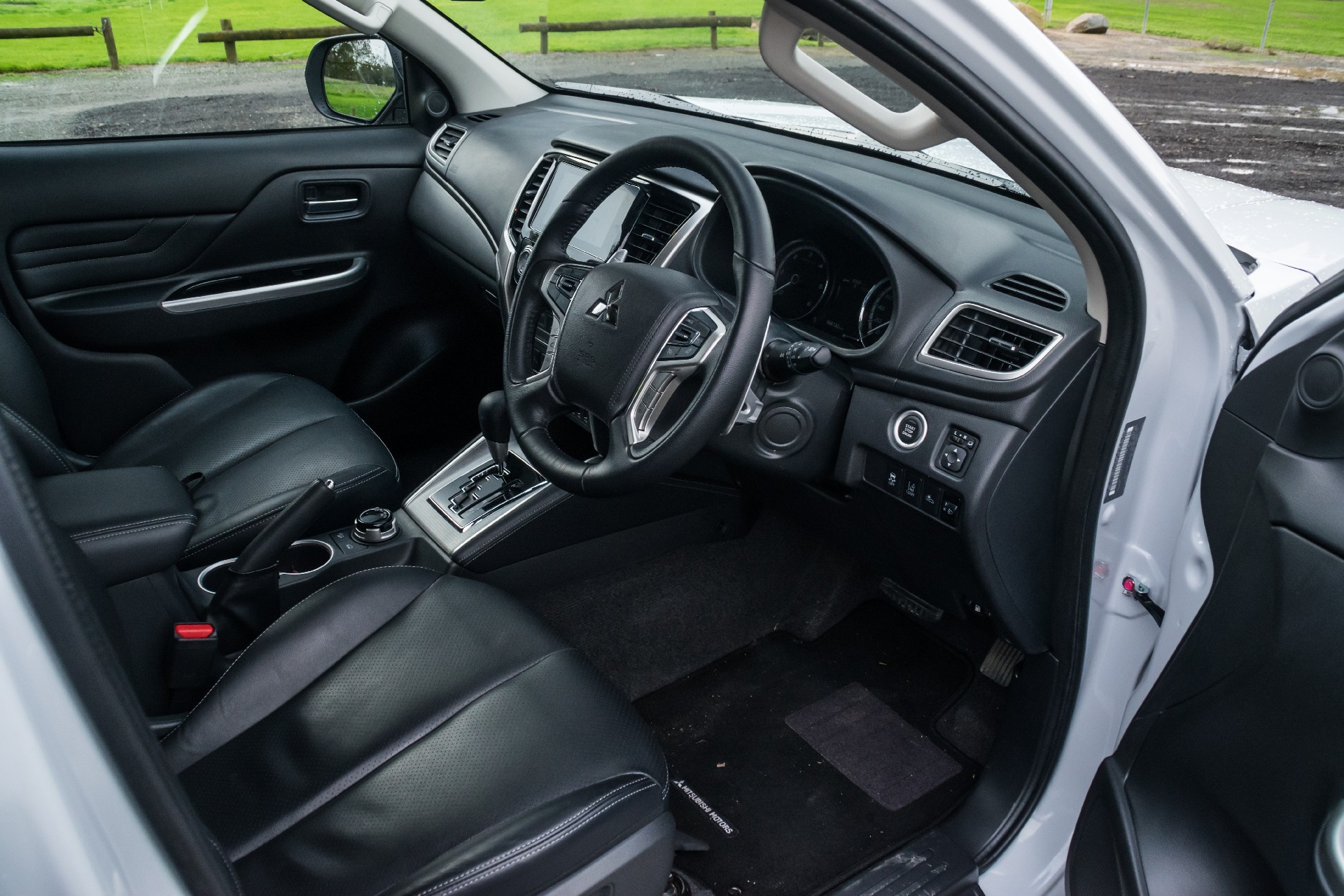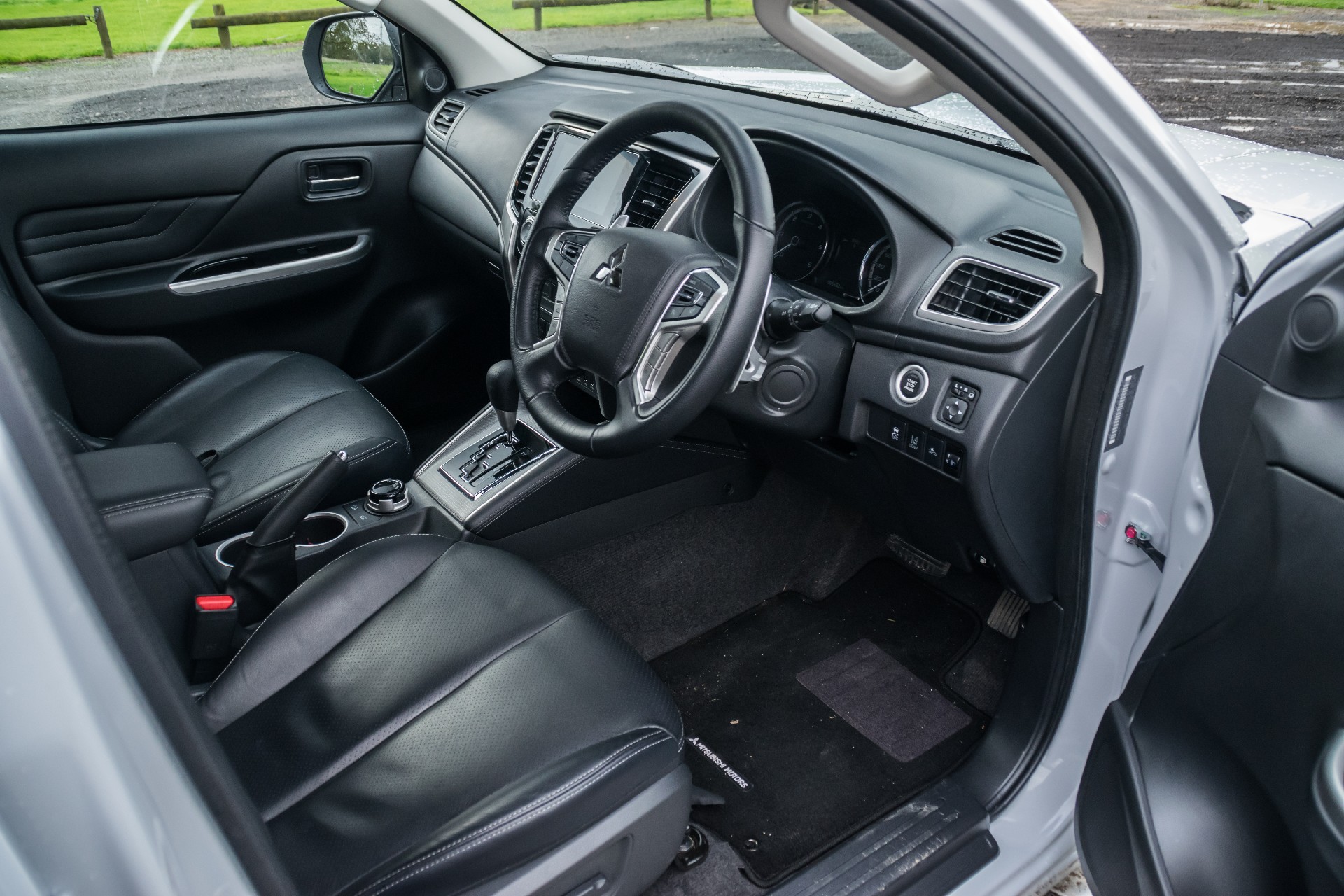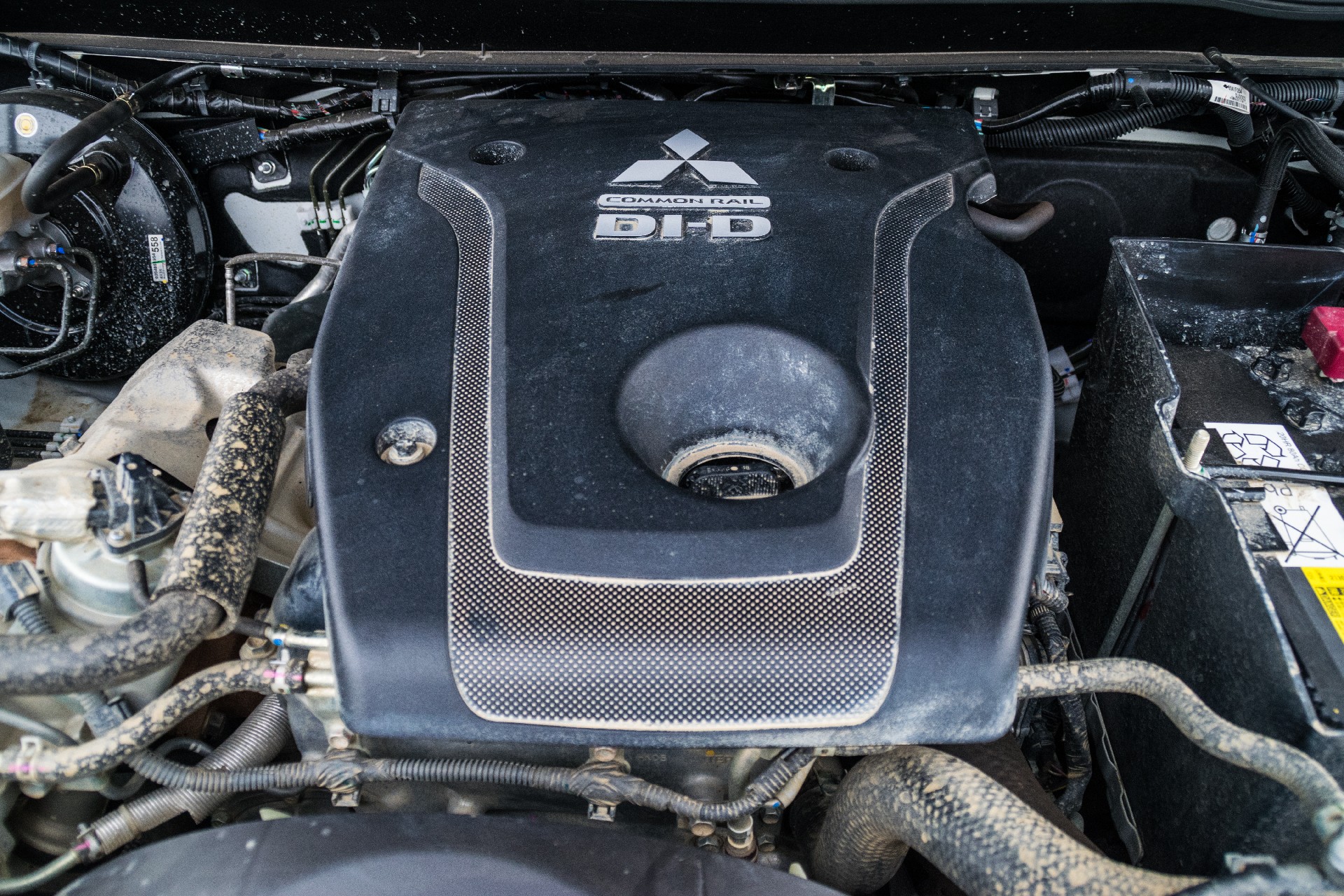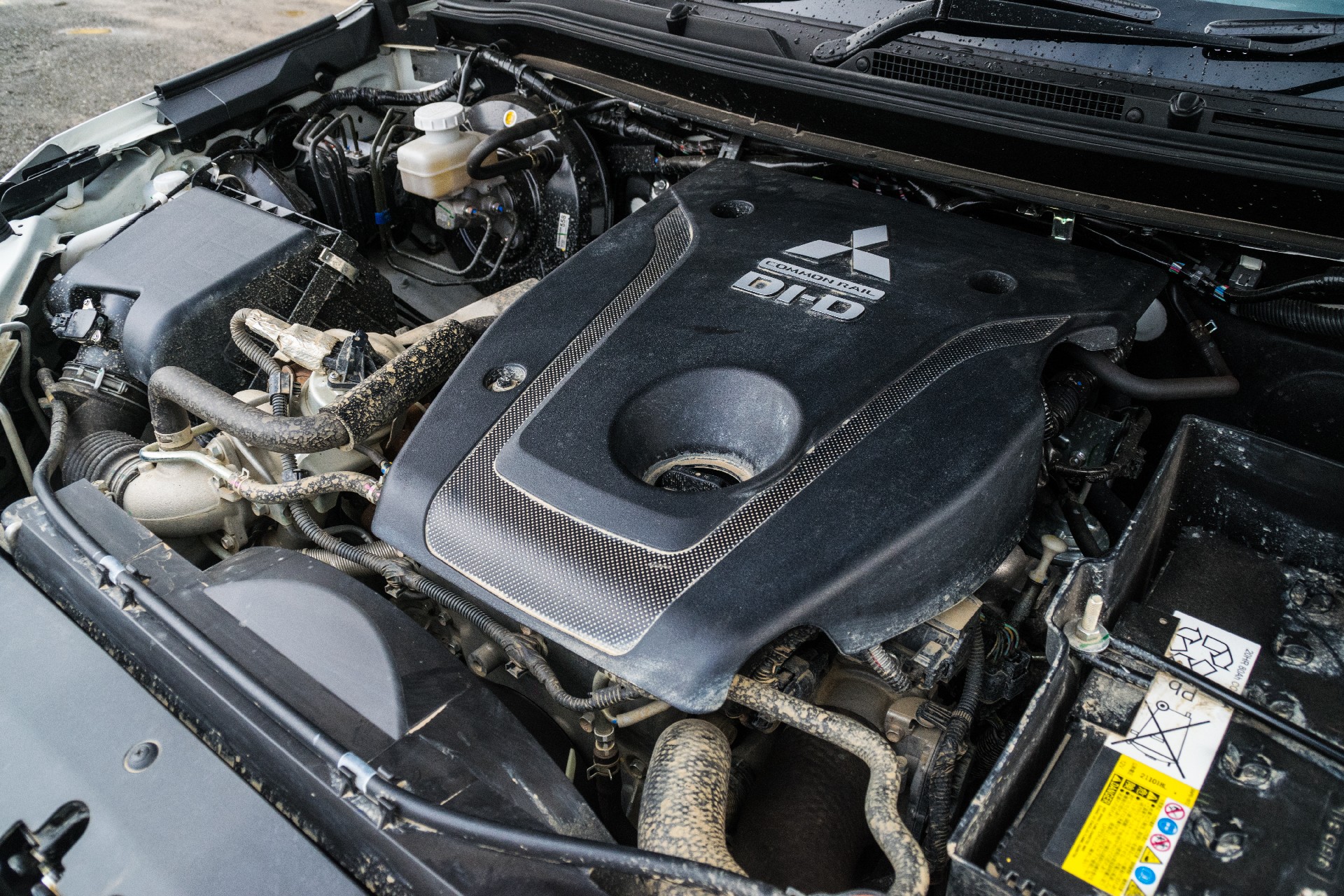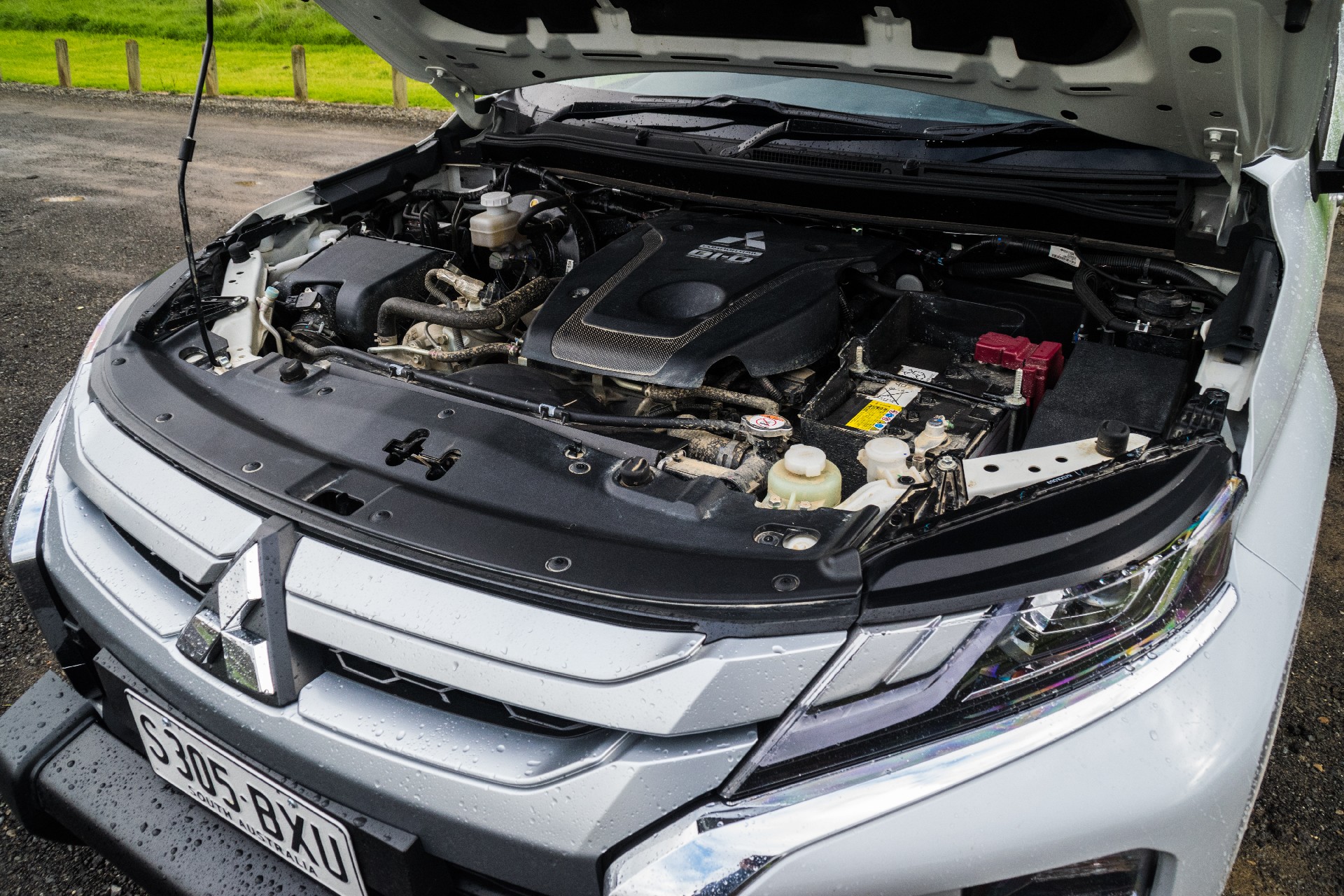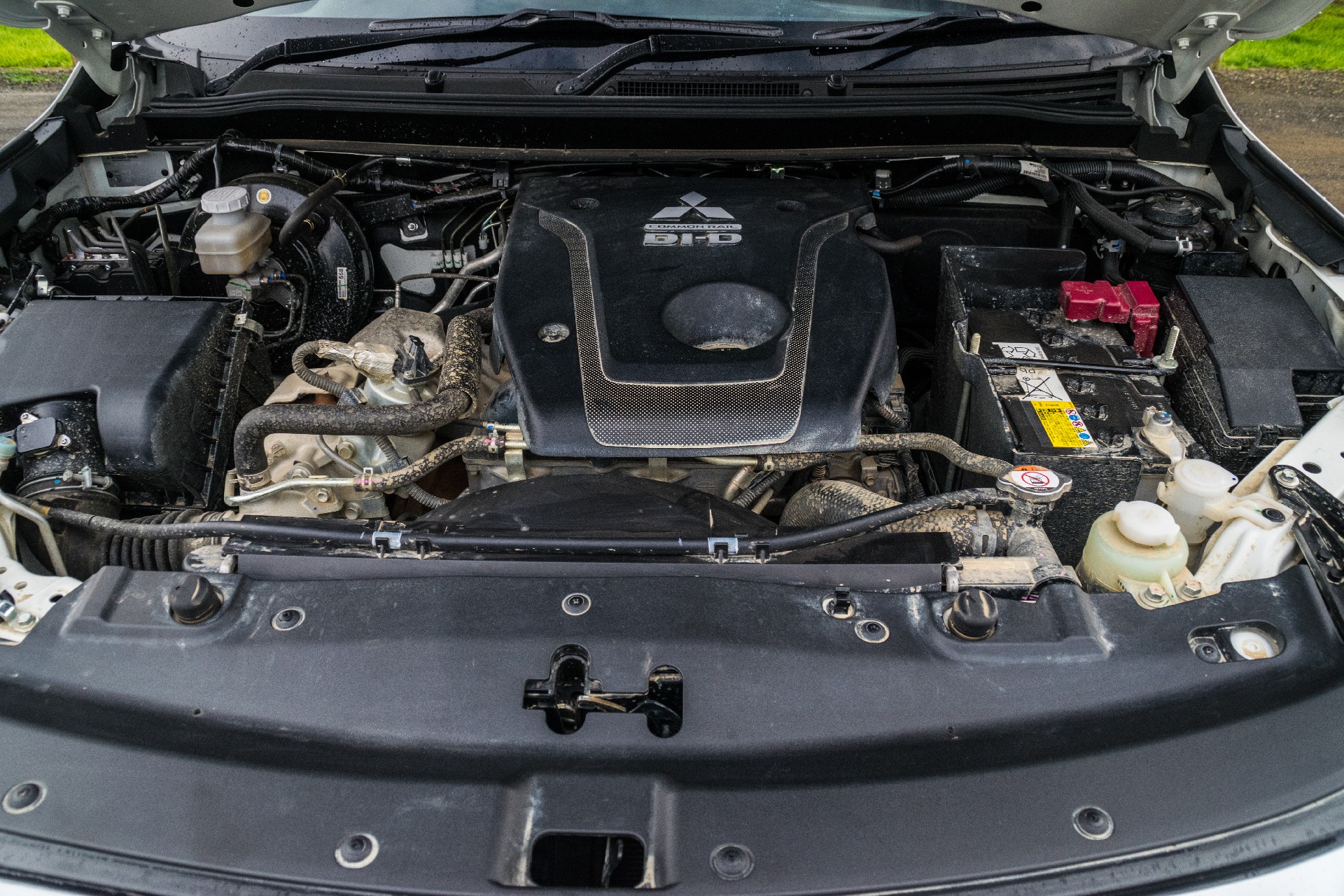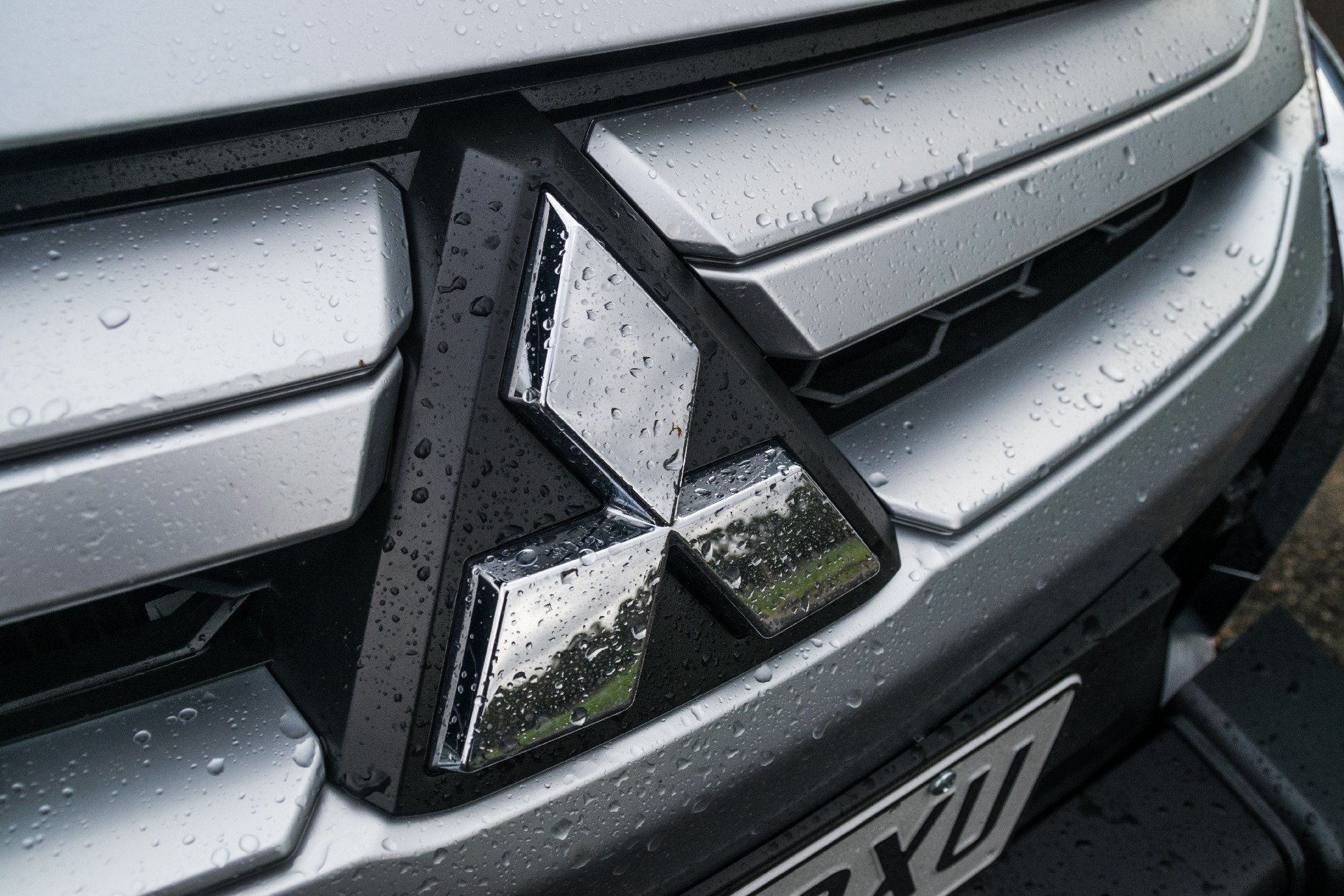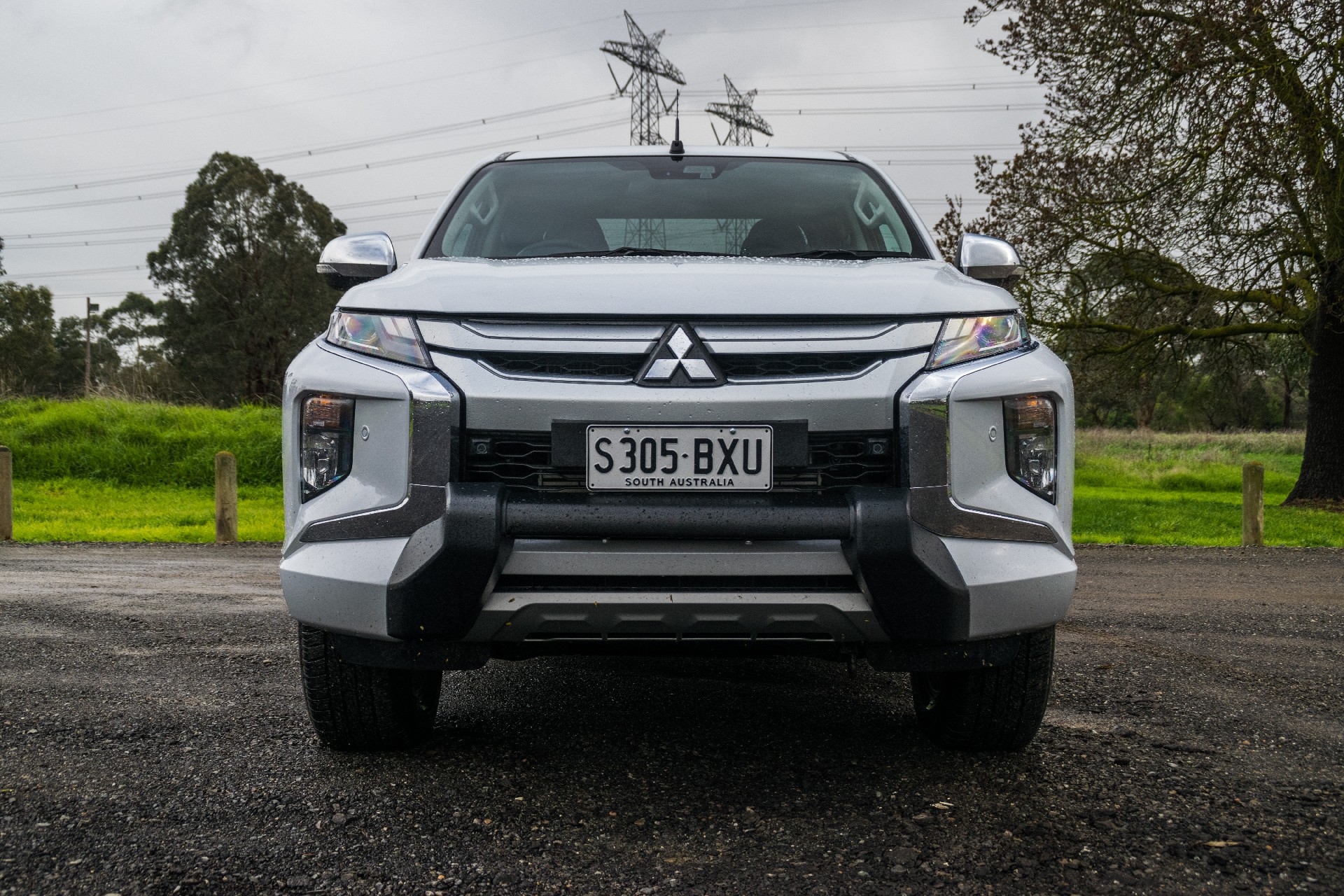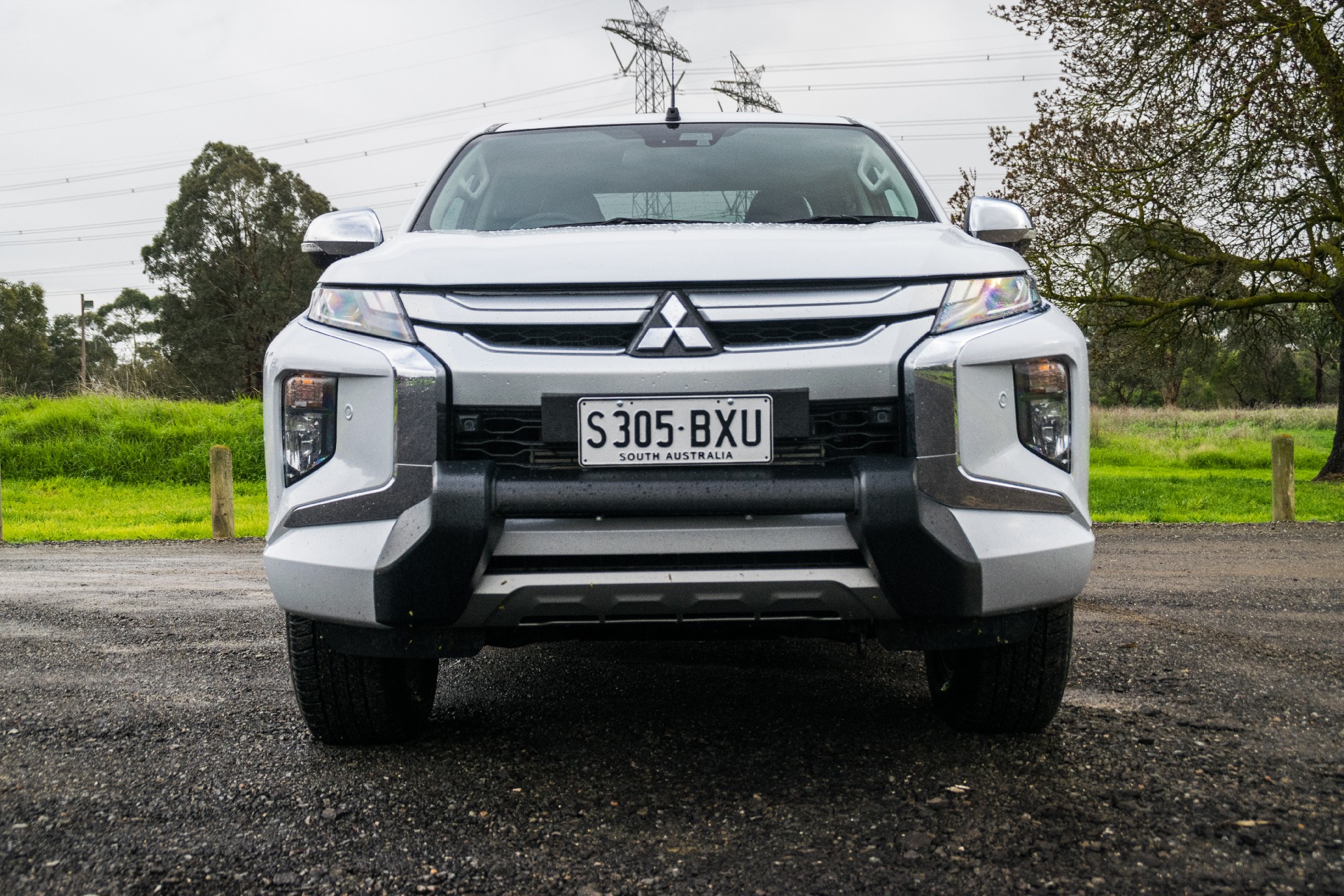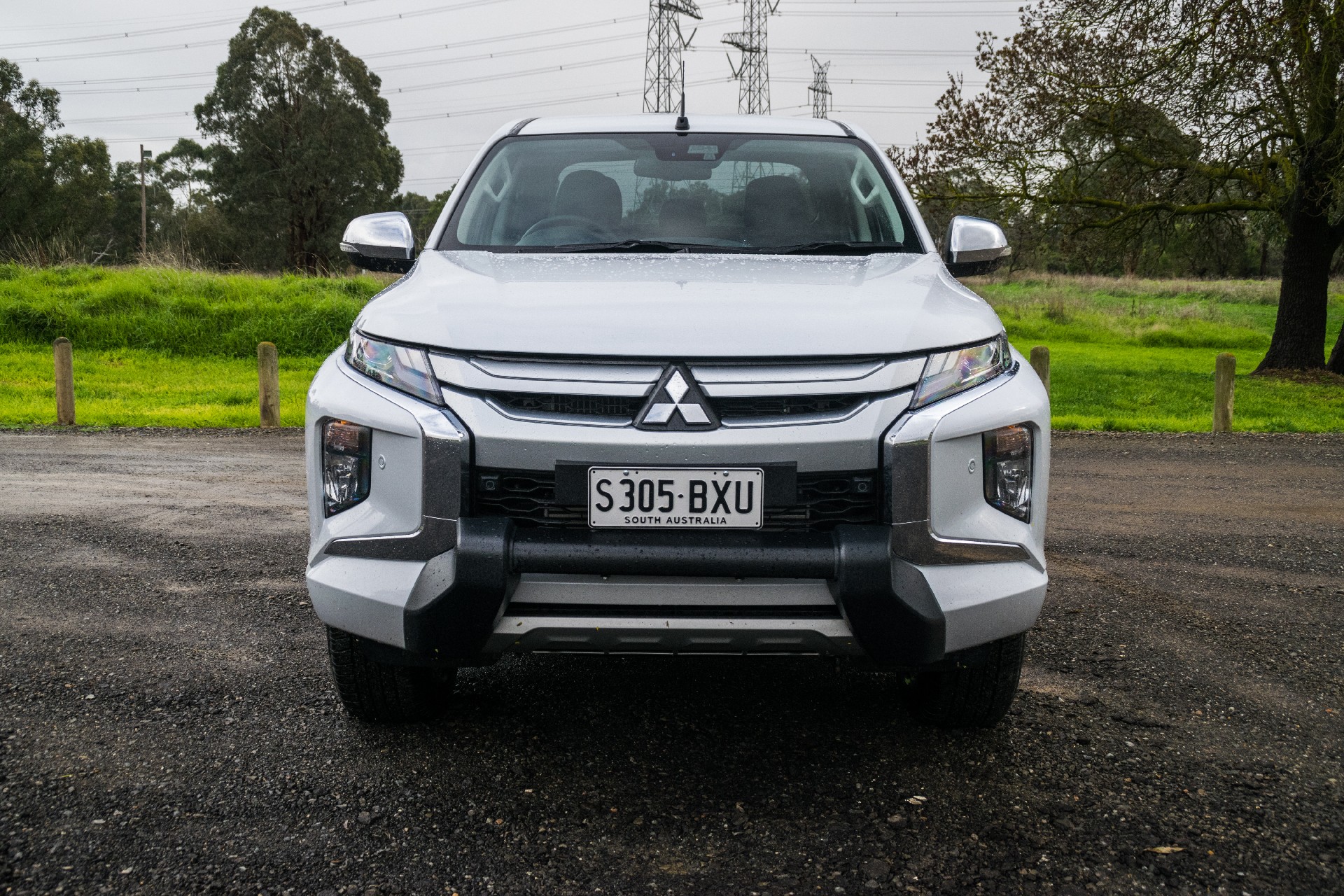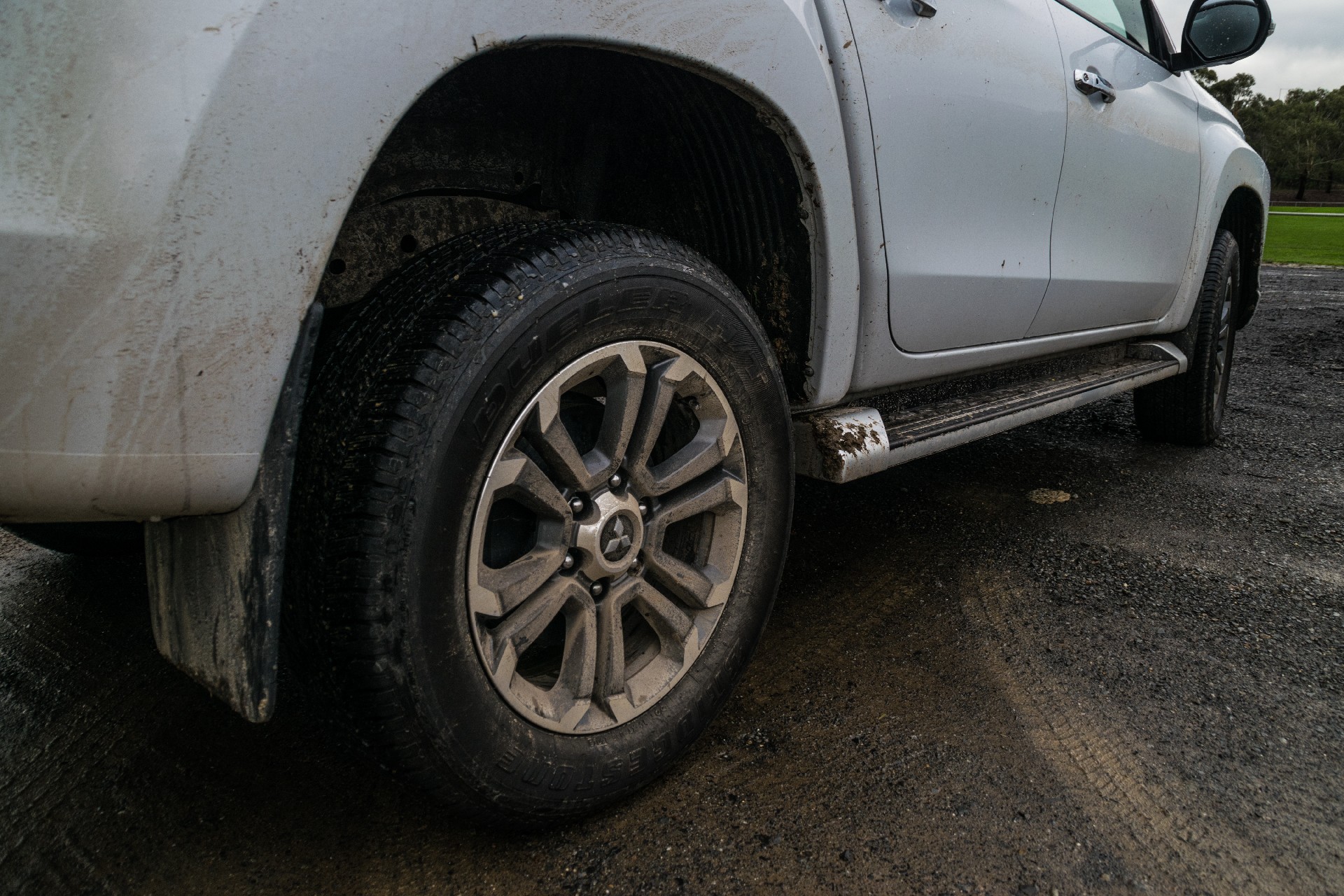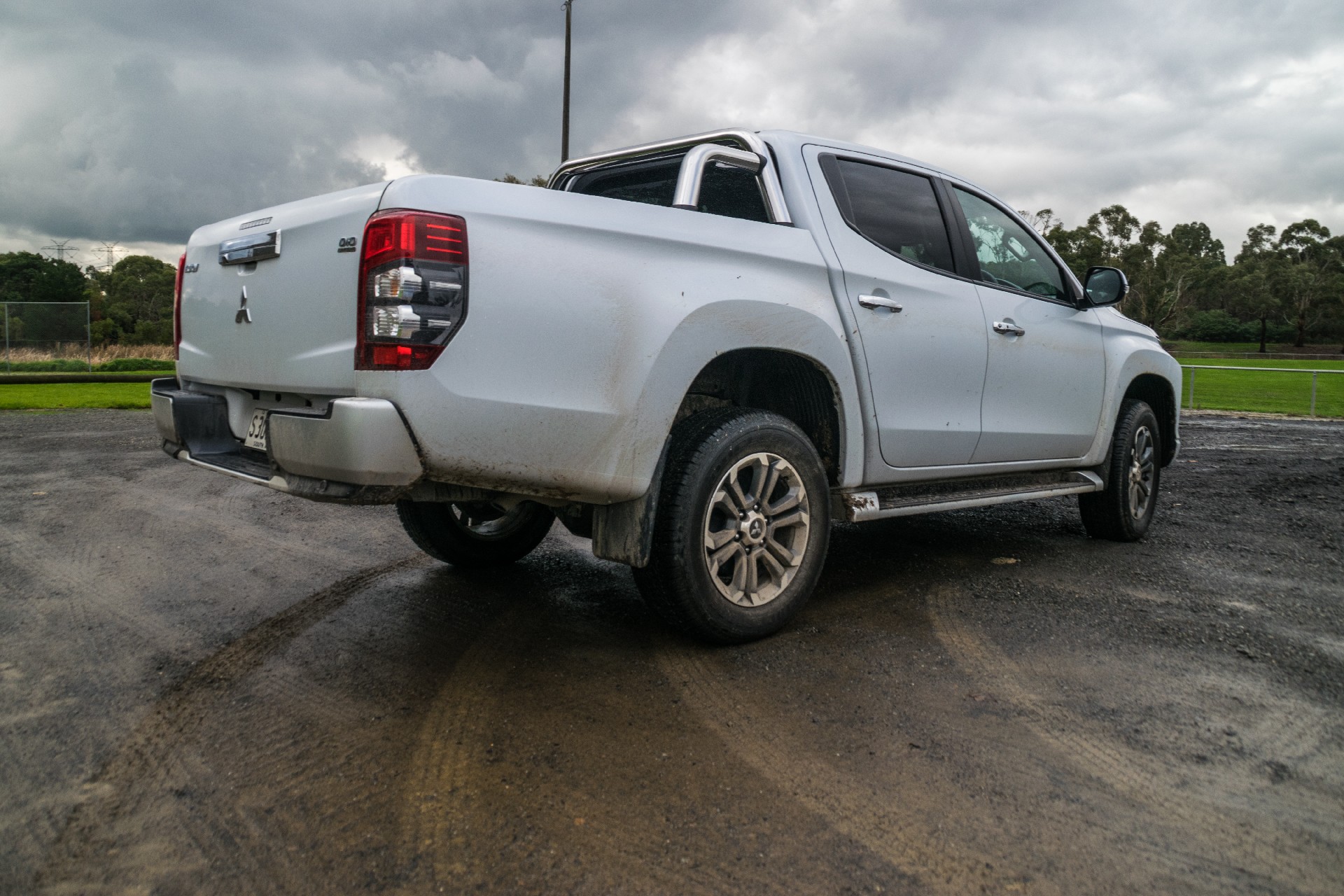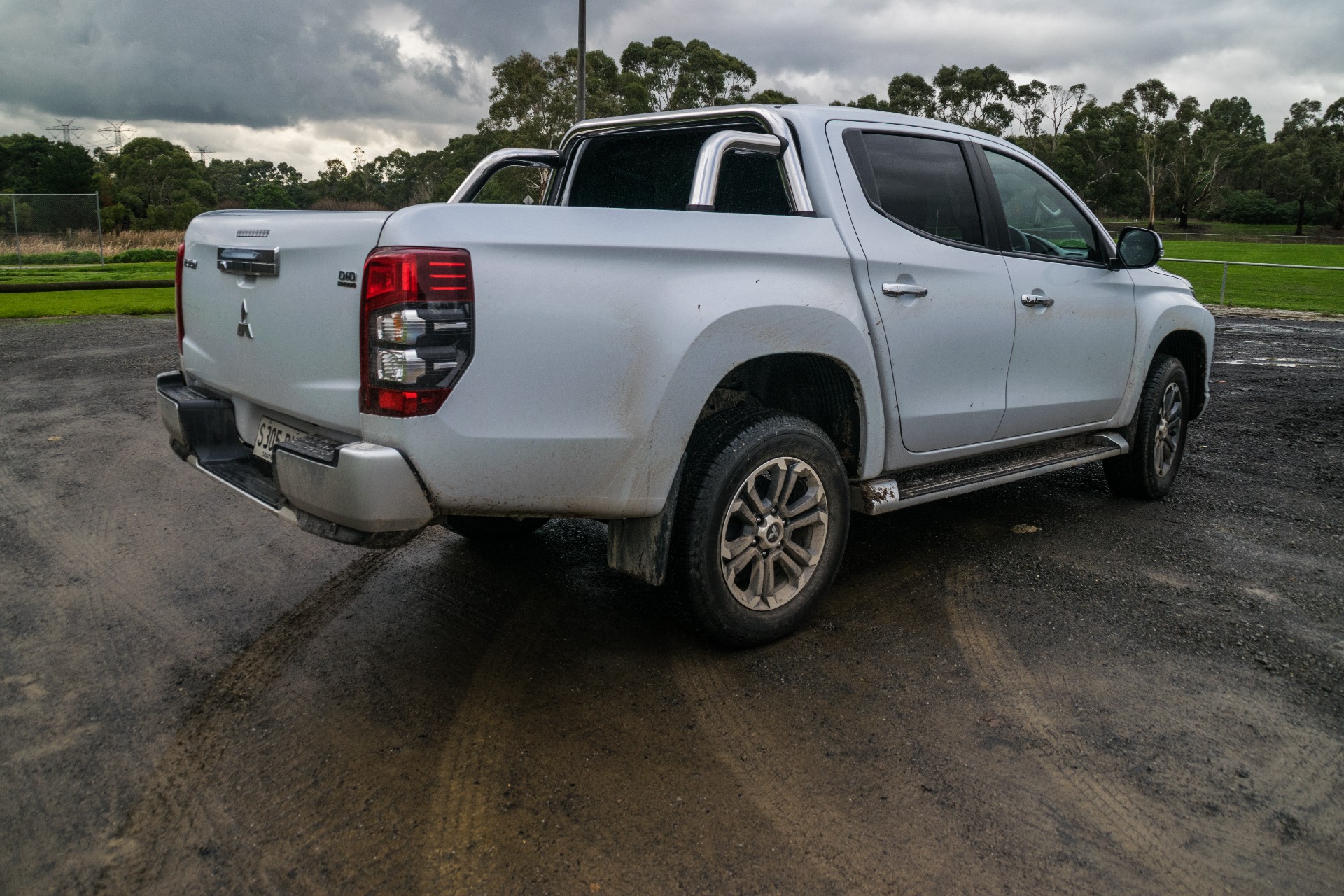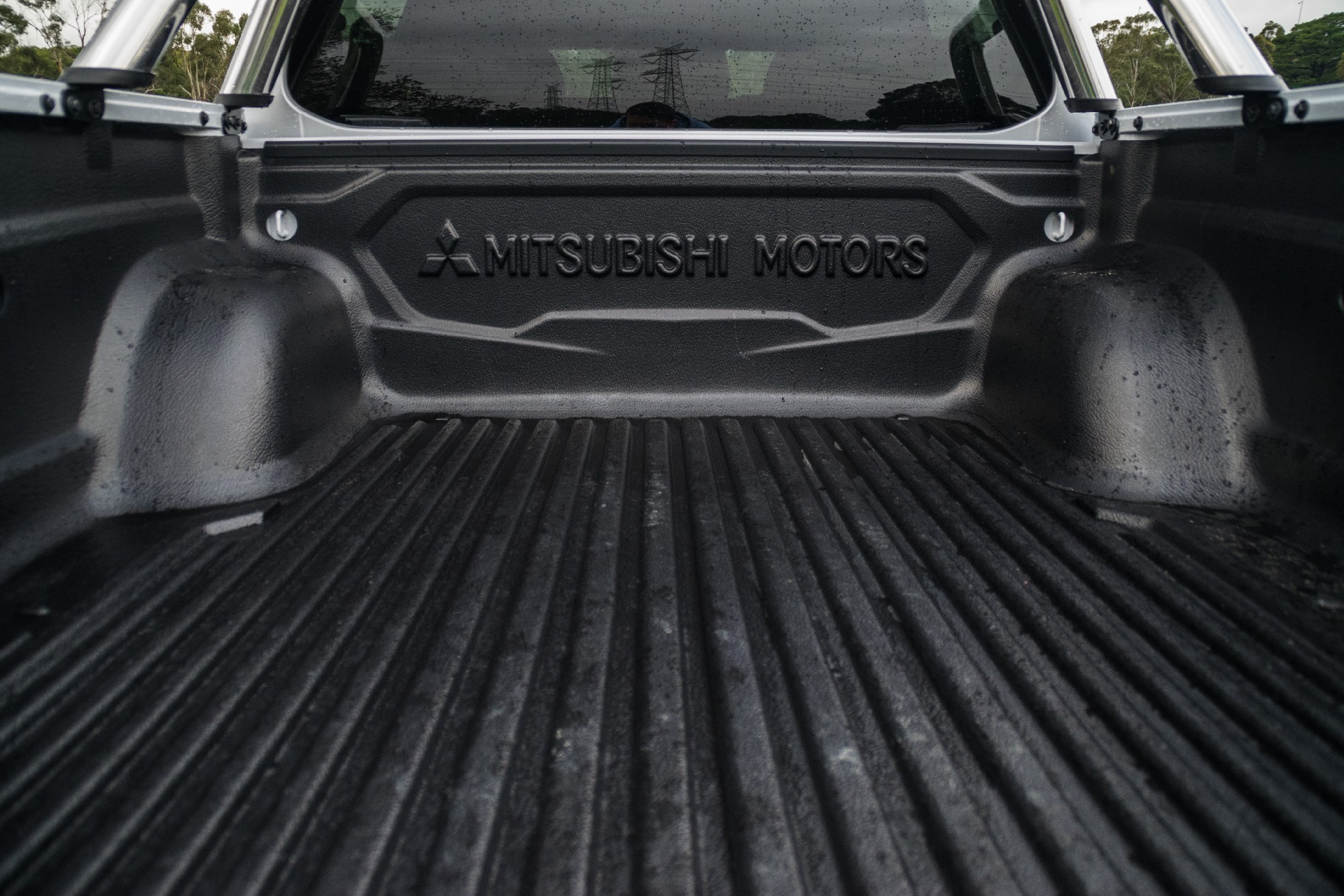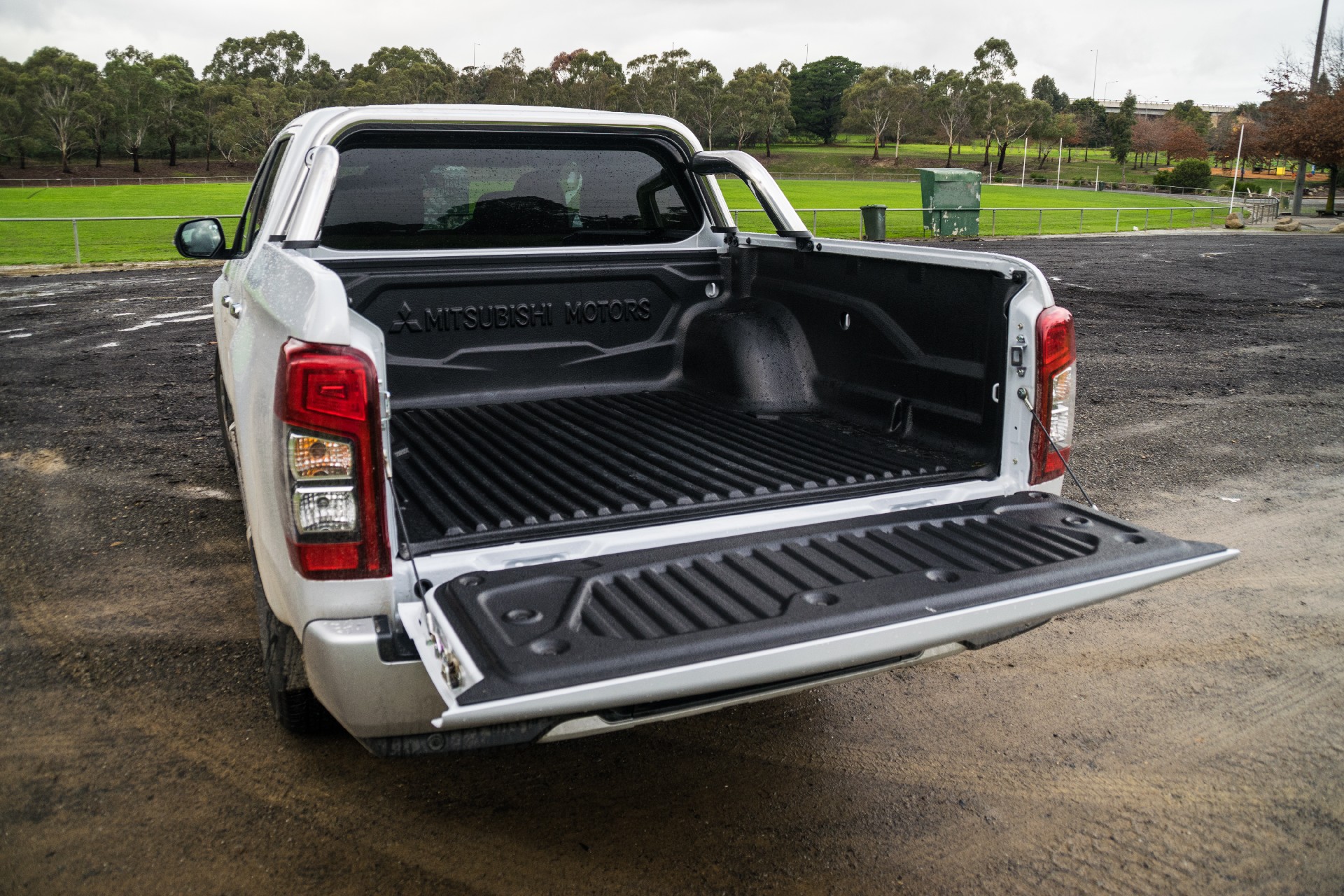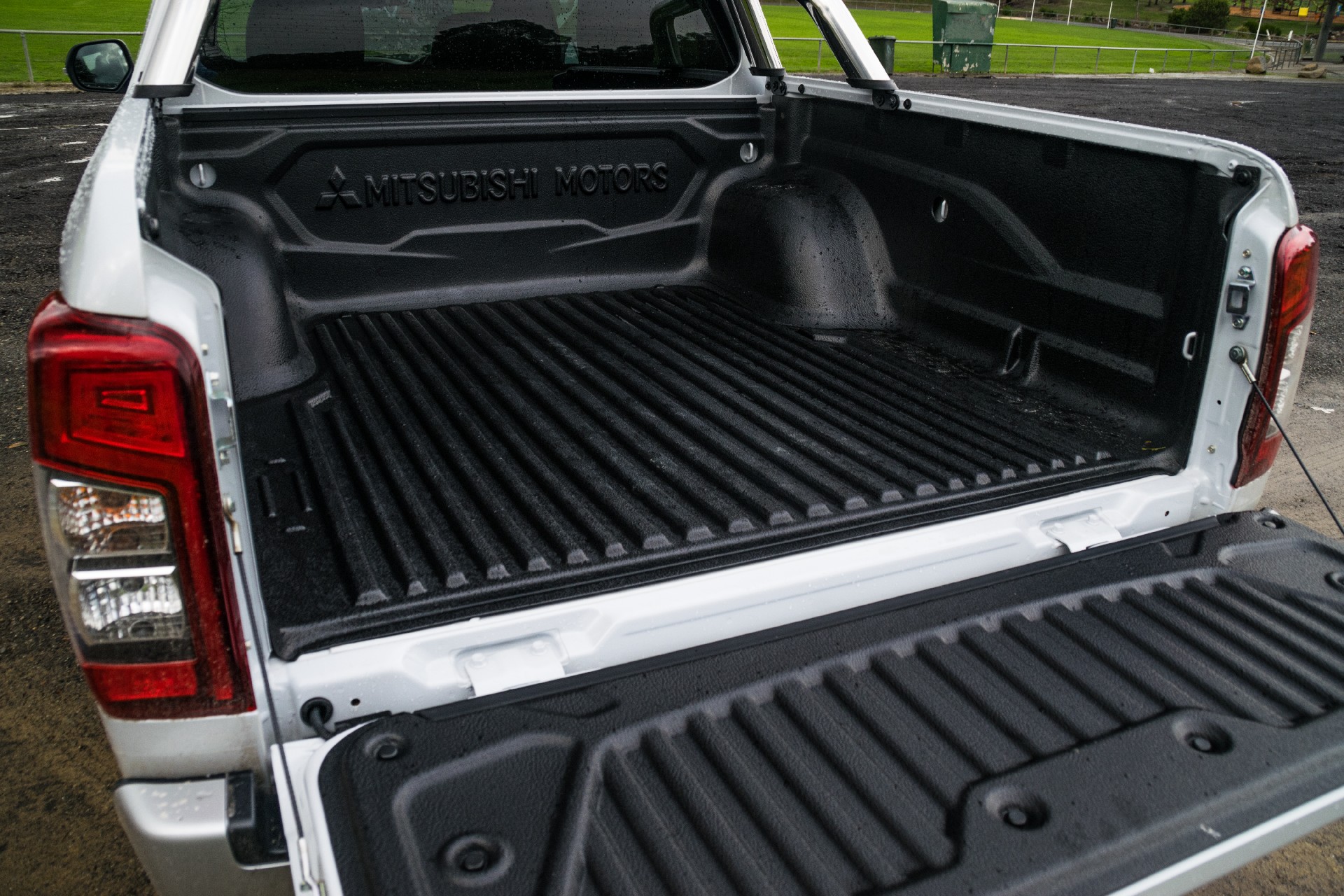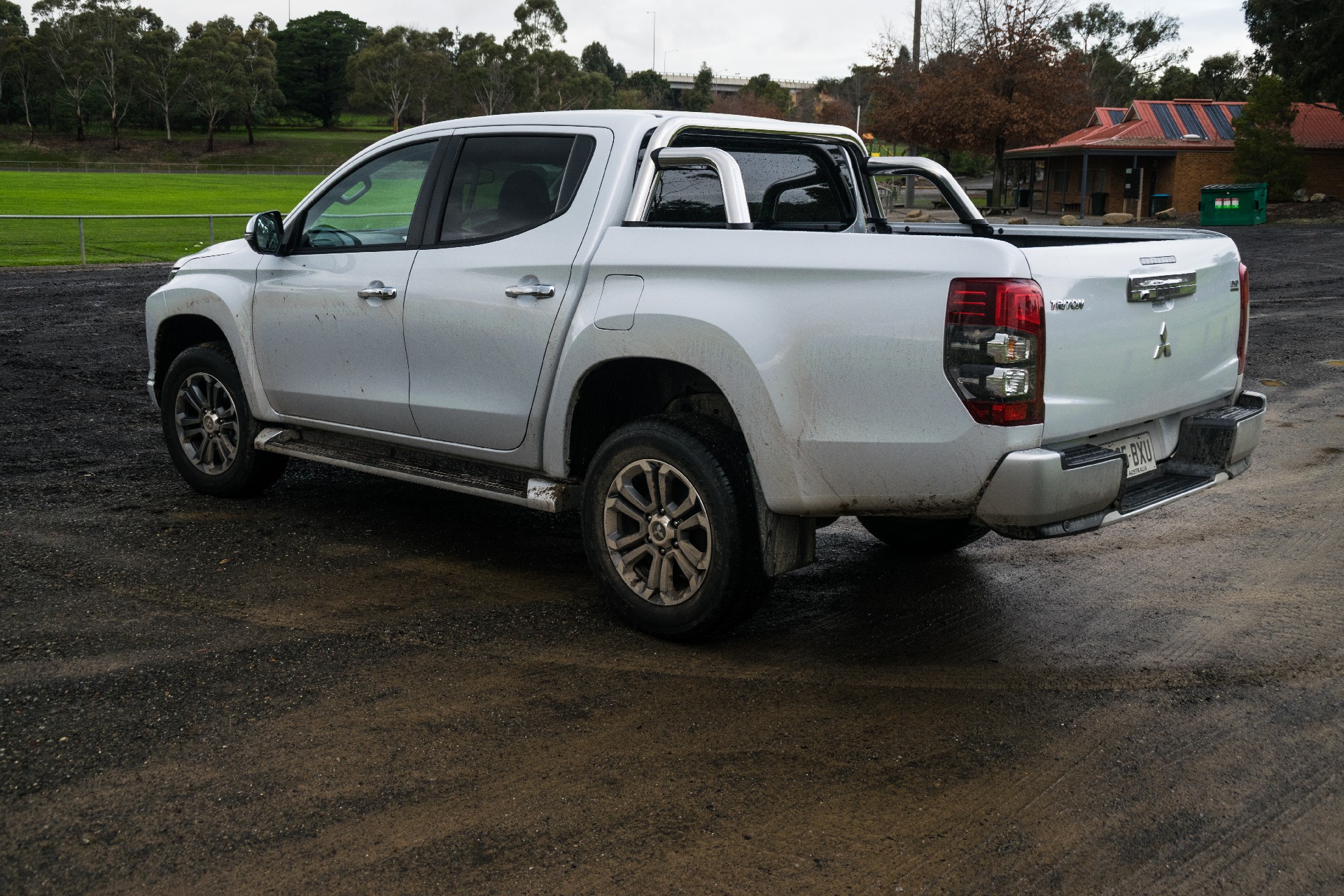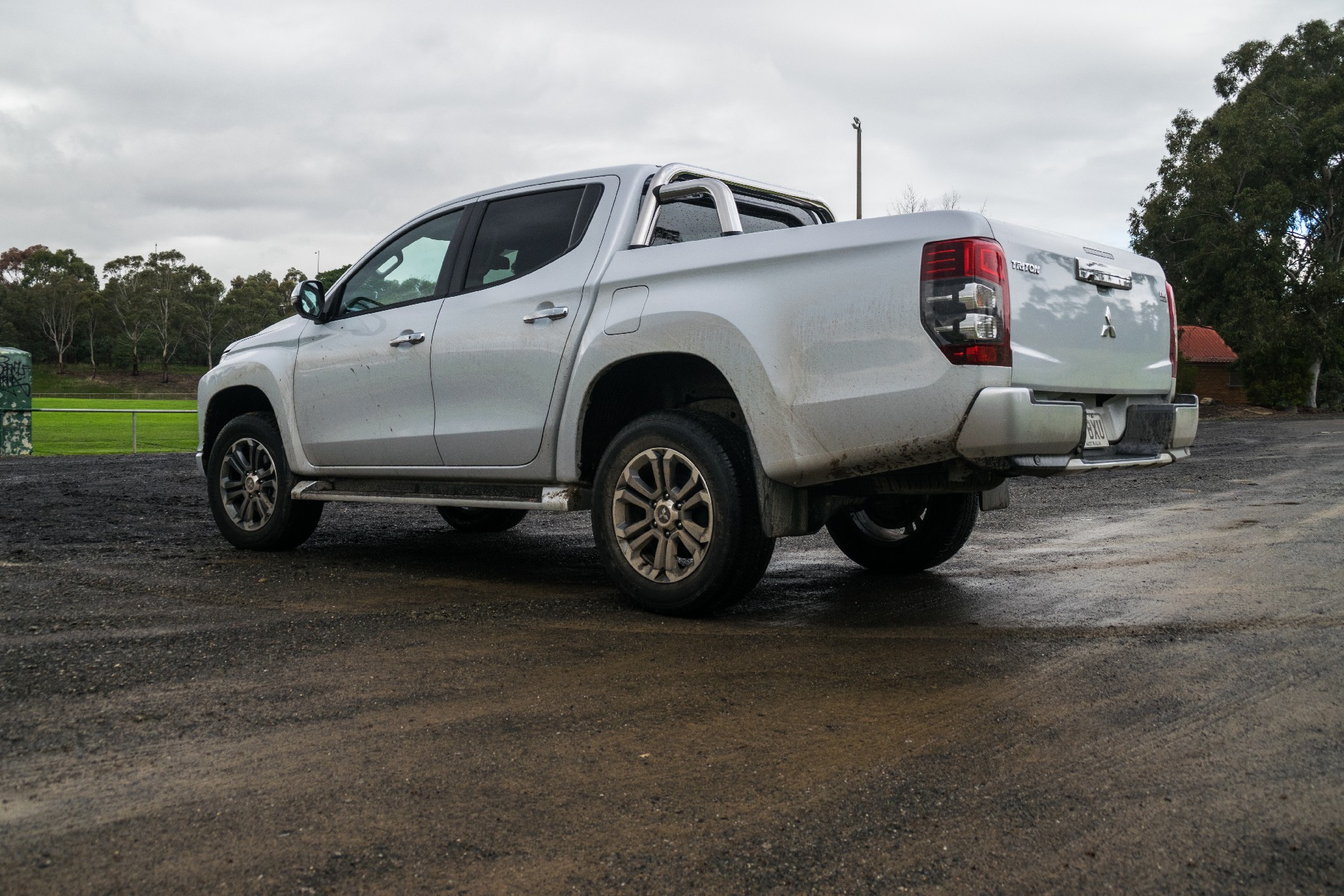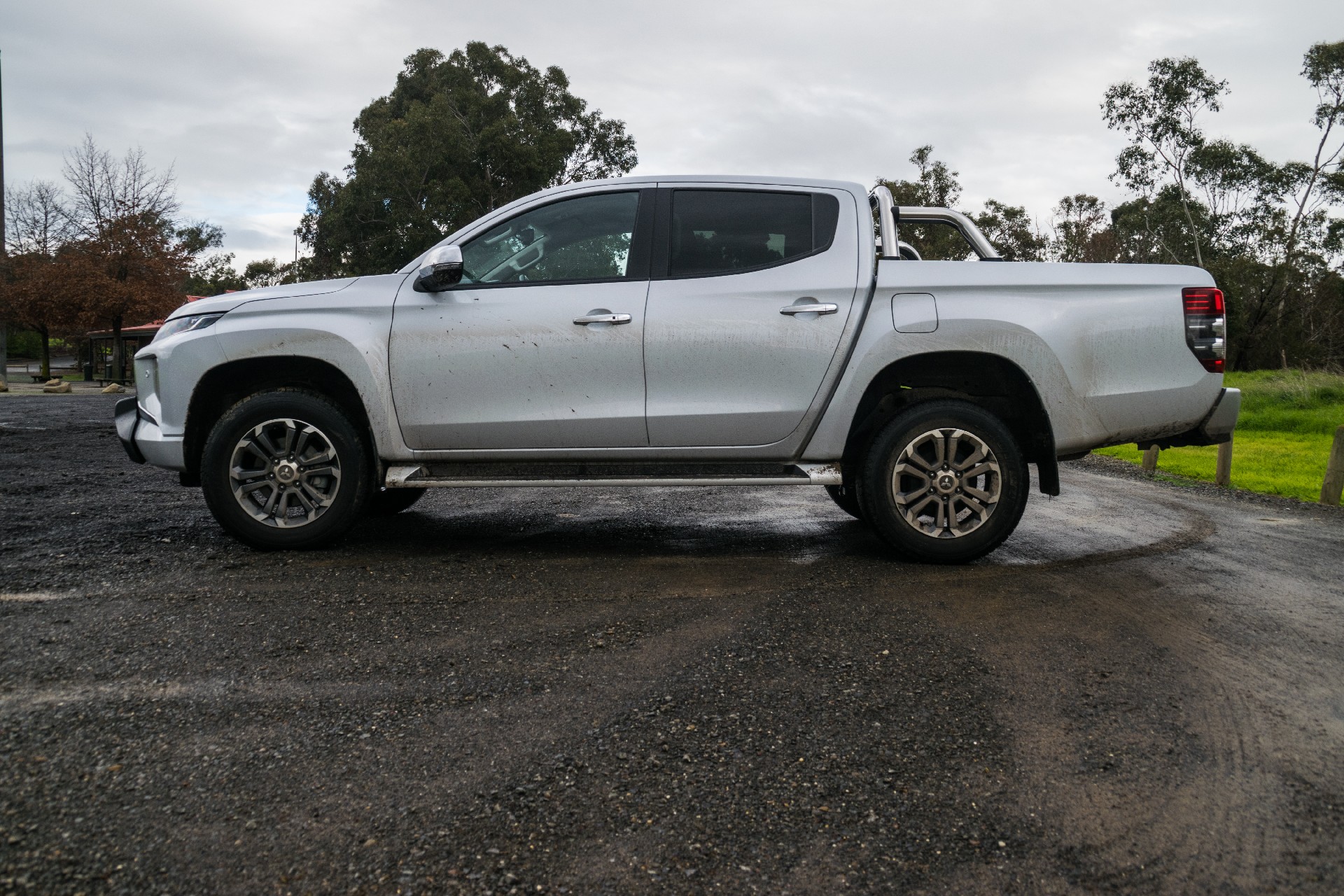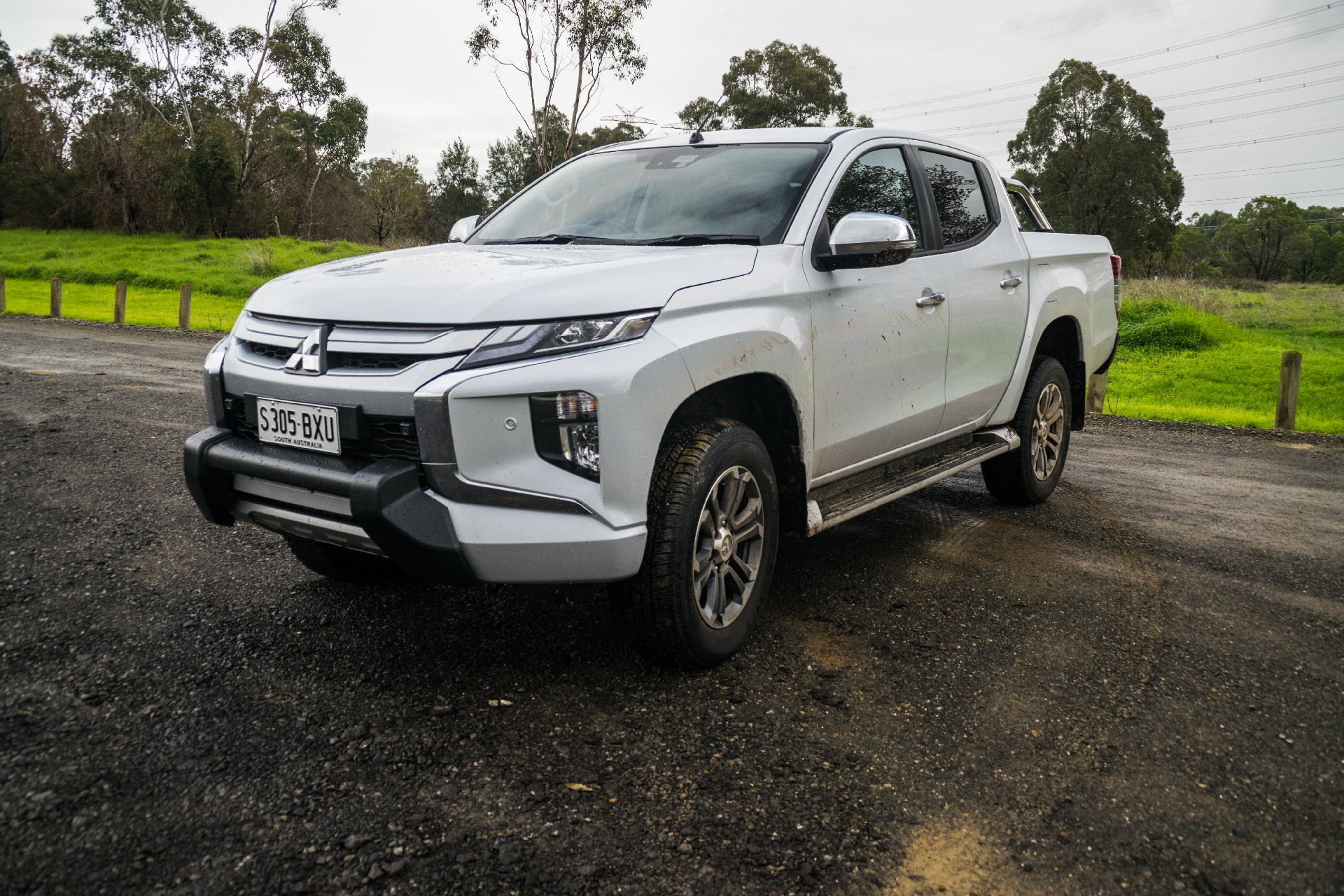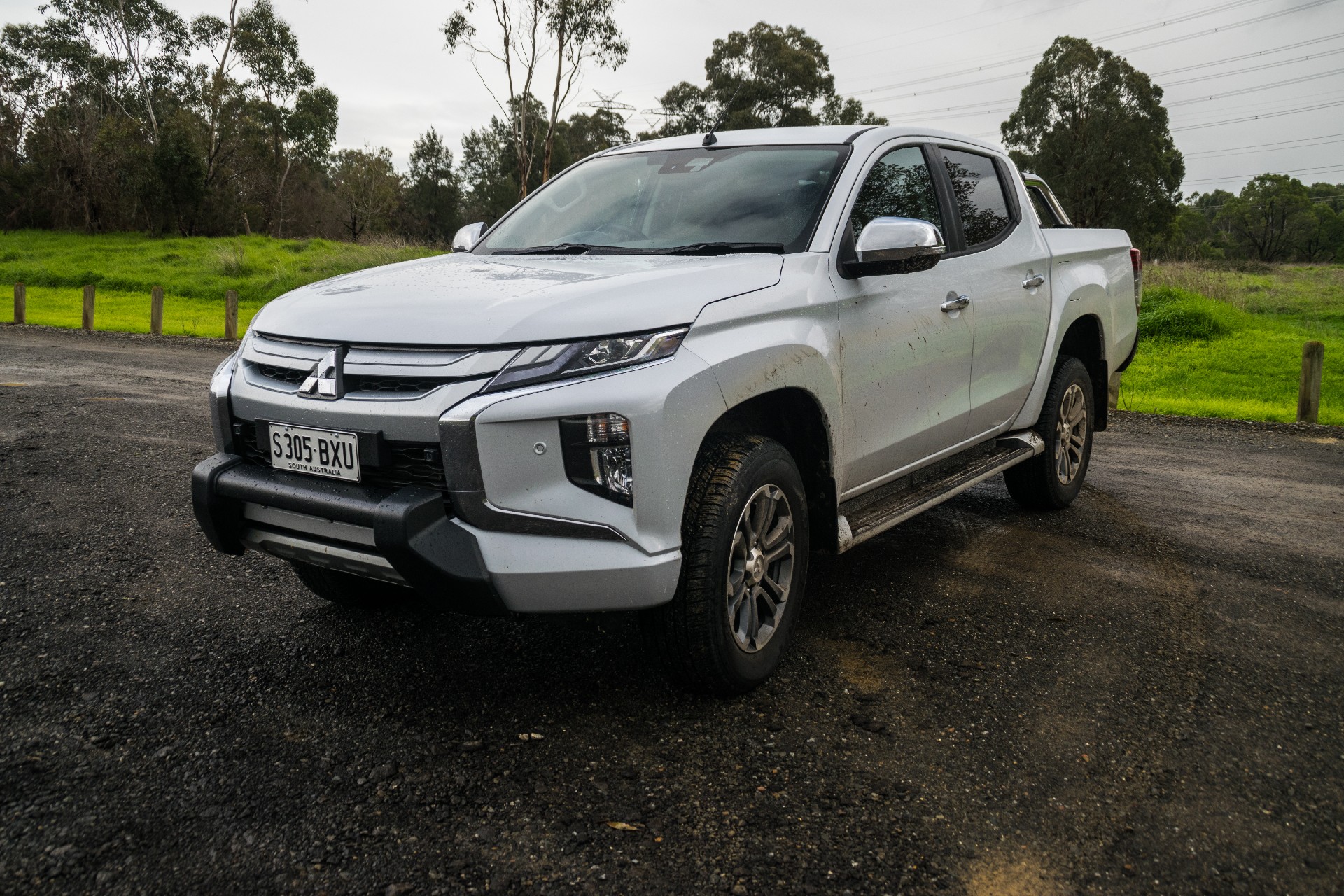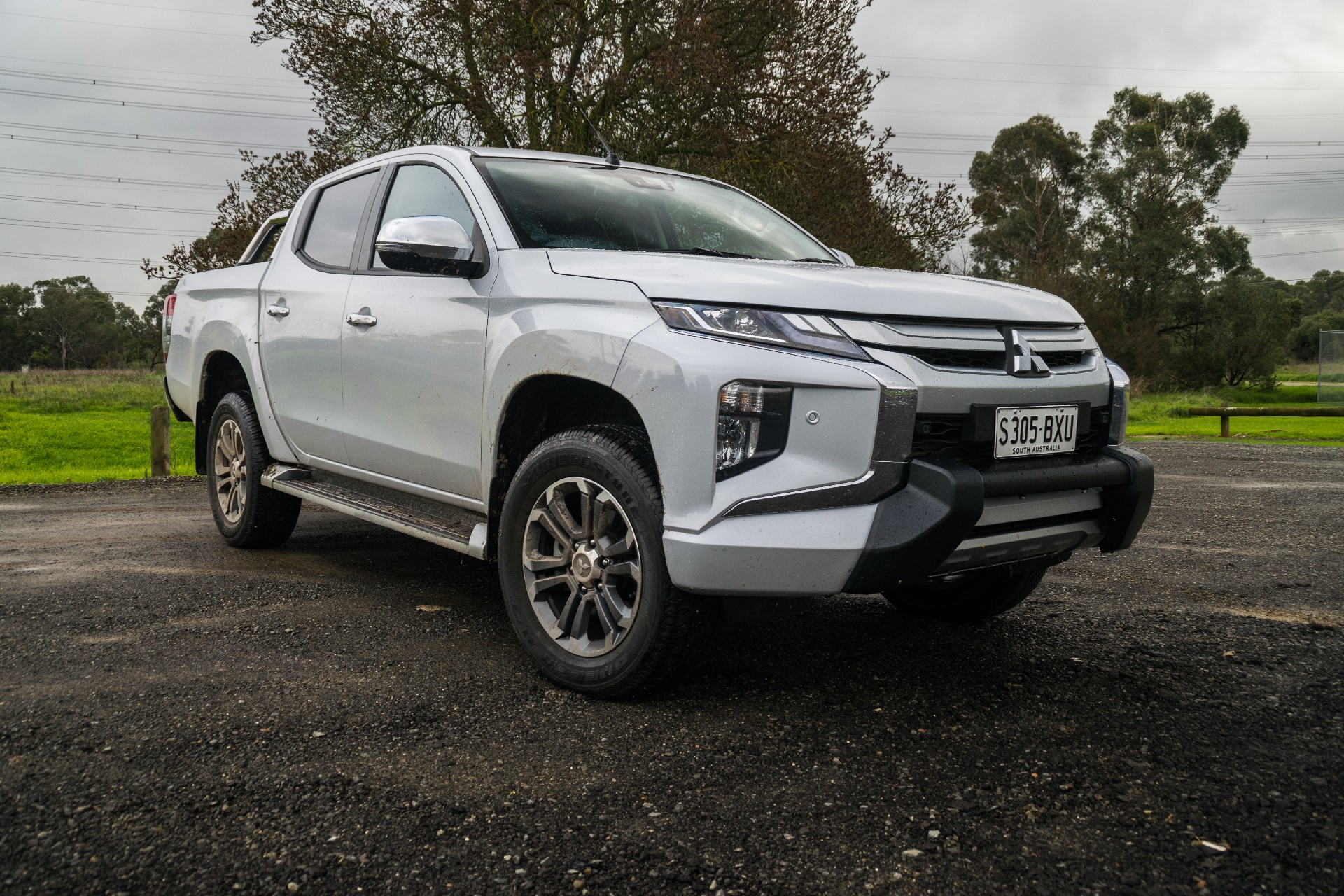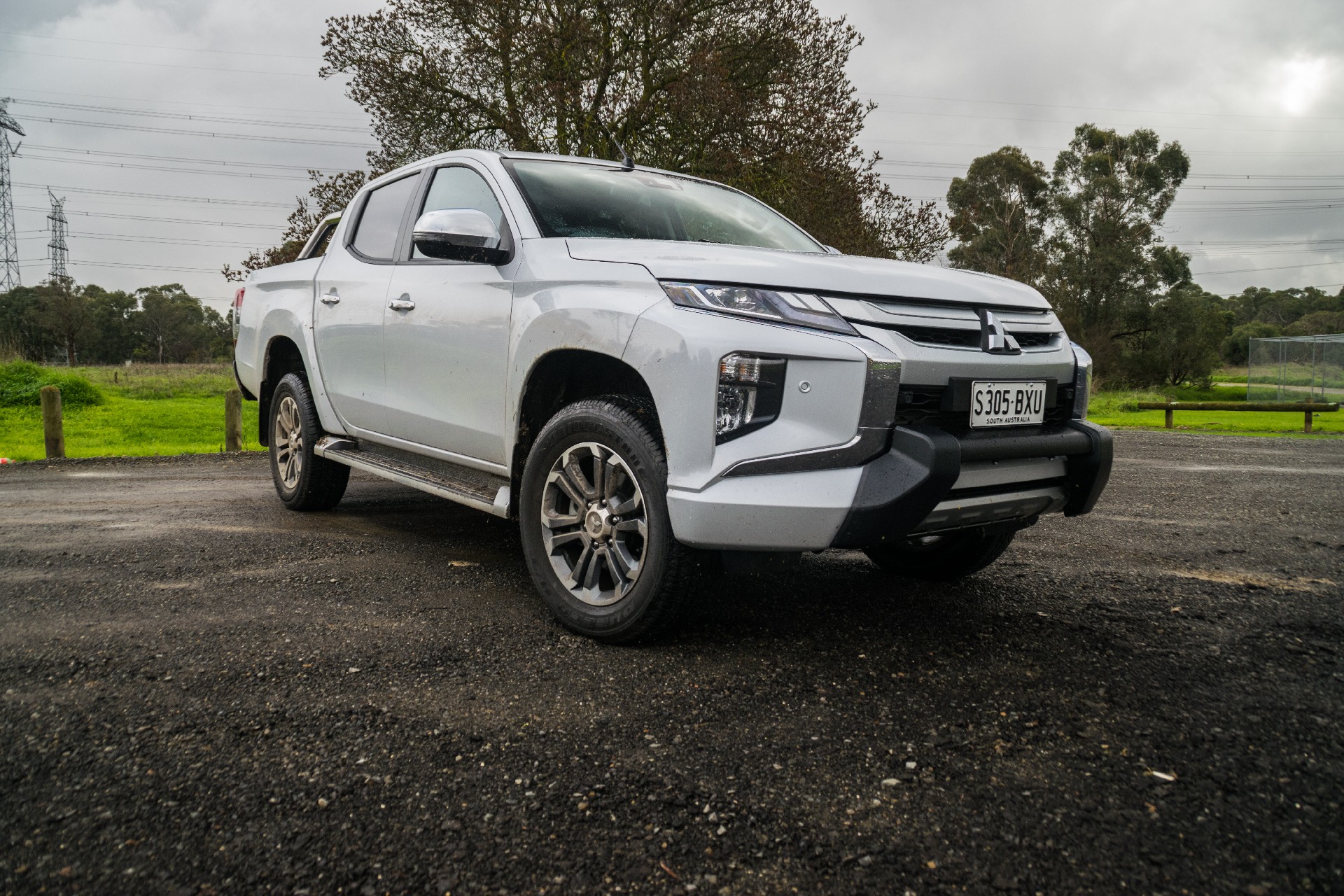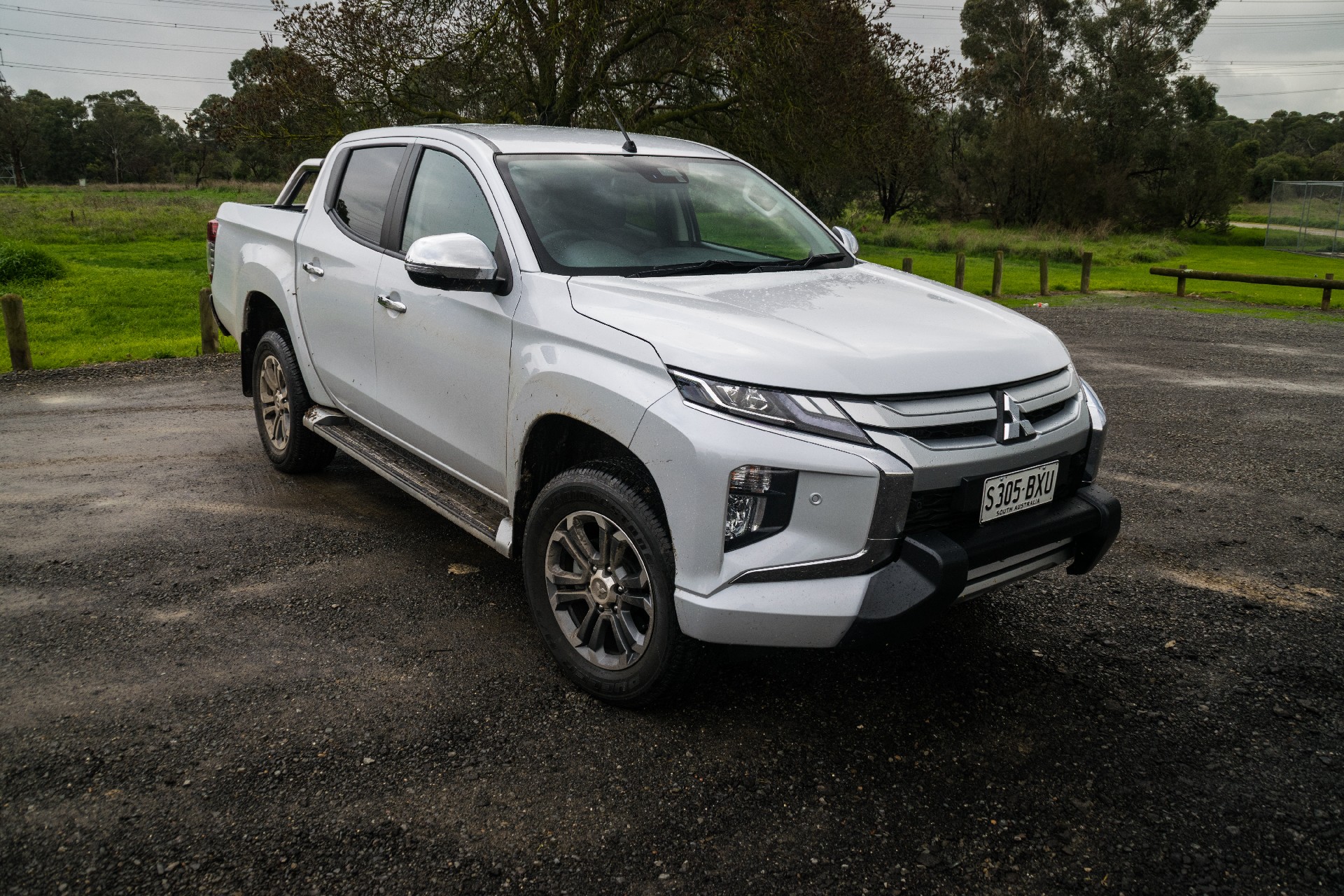Australians absolutely love their utes. They have long been the go-to for tradesmen and off-road enthusiasts alike, and it’s no coincidence that the country’s two best-sellers are the Toyota Hilux and the Ford Ranger.
Mitsubishi has been competing in this segment with the Triton (aka the L200 in some markets), and while it may not sell in the numbers of some of its rivals, it remains popular and is arguably the most exciting vehicle in Mitsubishi’s current line-up.
Intriguing looks
The Triton is currently in its fifth-generation and, for the 2019 model year, got a noticeable update. The most obvious change is the addition of the Japanese car manufacturer’s ‘Dynamic Shield’ face that gives the Triton a lot of on-road presence thanks to the slim headlights, smattering of chrome and prominent fog lights.
There’s no denying that the Triton has a lot of road presence. It stands tall in traffic and the new look definitely turns heads. However, Mitsubishi made limited changes to the vehicle’s rear end, which makes the tame design of the back seem at odds with the aggressive looks up front.
Mitsubishi’s Australian range for the Triton consists of no less than 20 (!) different variants, ranging from the entry-level GLX Single Cab all the way up to the range-topping GLS Premium 4WD Double Cab, which we tested for a week.
Diesel power and a lot of tech
Sitting behind the dynamic shield front-end of the Triton GLS Premium is a 2.4-liter MIVEC intercooled turbo-diesel engine with 178 HP and 430 Nm (317 lb-ft) of torque. This engine is paired with a six-speed automatic transmission and the company’s Super Select II 4WD system that incorporates a low-ratio transfer box and a rear differential lock.
Those in the market for a diesel pickup truck ute shouldn’t be surprised to learn that the Triton’s engine isn’t the most refined. It is noisy at low speeds but, to Mitsubishi’s credit, does get significantly quieter at higher speeds. Left in auto mode, the transmission changes up through the gears exactly when you’d want it to, and for those who prefer to select the gears themselves, there are a pair of plastic paddle shifters behind the wheel.
Select lesser models in the Triton family receive the same engine as the GLS Premium, but they don’t come as loaded with safety technologies quite like the range-topping model. Taking a dive through the vehicle’s array of systems, we were very impressed with what we found. Included as standard is a Forward Collision Mitigation system with pedestrian detection, Lane Departure Warning, Blind Spot Warning, Lane Change Assist, Rear Cross Traffic Alert, Emergency Brake System, Trailer Stability Assist, Ultrasonic misacceleration Mitigation System, and a Brake Override System.
While most of these systems largely operate in the background without needing any driver interference, they do help make the Triton a very composed vehicle to use on the street. It feels as refined as some cheaper SUVs, but has impressive off-road capabilities and all the hauling benefits of a ute.
Payload sits at 855 kg (1884 lbs) in the GLS Premium, which is actually the lowest of all versions, while towing capacity sits at 3100 kg (6834 lbs).
The range-topping model comes equipped with 18-inch alloy wheels shod with 265/60 tires. These large wheels, as well as the leaf spring suspension at the rear, result in a somewhat shaky and harsh ride when there is no weight in the bed. However, once you load it up, the ride improves dramatically.
A cabin fitting of the price
Inside, customers will not be disappointed. The GLS Premium is the only model in the Triton family to receive the company’s excellent 360-degree camera that makes parking exceptionally easy. All of the seats are clad in luscious black leather and even the gear selector has leather on it. Seven airbags come standard on all grades and the range-topper also benefits from heated and cooled seats, which are some of the most effective and fast-acting we’ve experienced. There are also a plethora of USB ports and cigarette lighters through the cab. Heck, there’s even a HDMI port!
The interior is a very nice place to spend time in, but there are two features missing. First up, there is no physical volume knob in the center console, meaning occupants can only adjust the volume of the speakers through the steering wheel buttons or by pressing the touchscreen.
We didn’t have the opportunity to test out the Mitsubishi’s towing abilities, but did spend some time exploring its off-road credentials under the cover of darkness. We walked away very impressed.
Mitsubishi’s Super Select II 4WD System has a plethora of different driving modes. The first sends power exclusively to the rear wheels for use on dry roads, but a quick turn of the large rotary dial on the center console can shift that into 4H mode, thus driving all four wheels. You can opt between dirt, gravel, mud, rock and sand modes when four-wheel drive is enabled, and for the most part, this is all you need to tackle a bit of moderate off-roading.
When climbing over rocks, particularly on an ascent, switching across to 4HLc definitely helps. This puts the Triton in high range mode with the center differential locked to ensure the front and rear wheels are sent equal power. The final mode is 4LLc, where the center diff is locked and low range is enabled. We experimented with this mode while traversing a muddy path and it made driving a breeze, even though it wasn’t really needed. Mitsubishi says this mode is best used when driving across sand or through deep snow. Off-roading in the Triton a cold and foggy night with the heated seats on makes for a very comfortable and enjoyable time – and the Hill Descent Control function ca also come in handy.
Should drivers need it, the rear differential can be locked but we don’t think many Triton GLS Premium owners will ever find themselves requiring such a system unless they are serious about off-roading. If they are, a lift kit and off-road tires would be obvious modifications to take on any terrain.
Mitsubishi rates fuel consumption at 8.6-liters per 100 km (27 U.S. mpg), but in the real world use we averaged 12.0-liters/100 km (19.60 mpg) despite mainly driving on highways and babying the Triton during the week we had with it.
A number of variants come with Mitsubishi’s seven-year/150,000 km (93,205-mile) warranty with three-year capped pricing servicing priced at $299 AUD ($209 USD) per visit. Prices start at $24,990 ($17,478) and top out at $50,990 ($35,662) for the GLS Premium 4WD Double Cab which we tested.
Ticks all the boxes
For all intents and purposes, the Mitsubishi Triton GLS Premium is a very impressive piece of kit. It comes loaded with tech, is comfortable on the road, feels right at home off the beaten path and has a plush interior with enough room to comfortably seat five.
The GLS Premium occupies an interesting middle-ground between those utes targeted squarely at workers and the more rugged, off-road focused models available from competitors like Toyota and Ford. It does pretty much everything you could ever want, but with some added refinement you may not expect.



